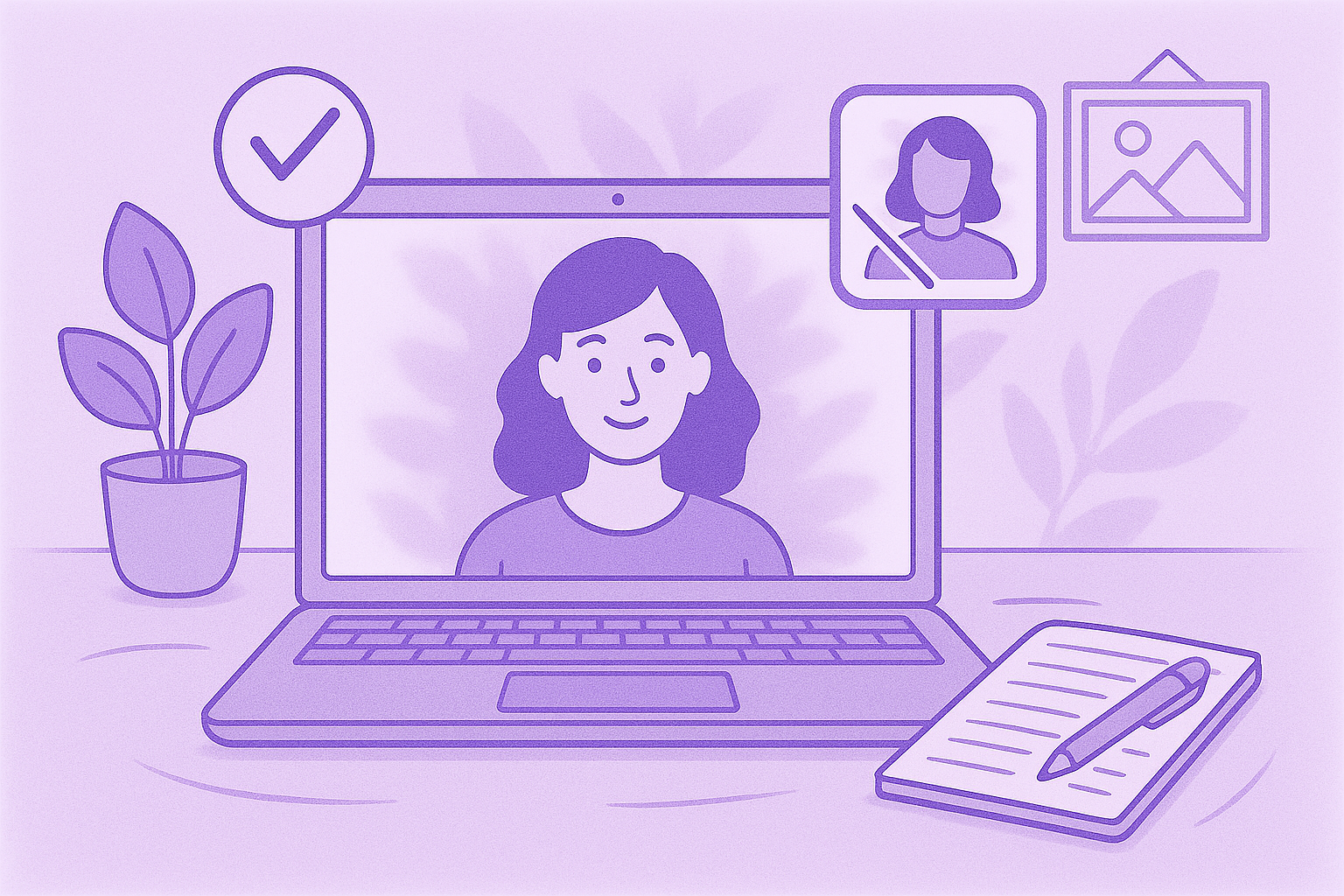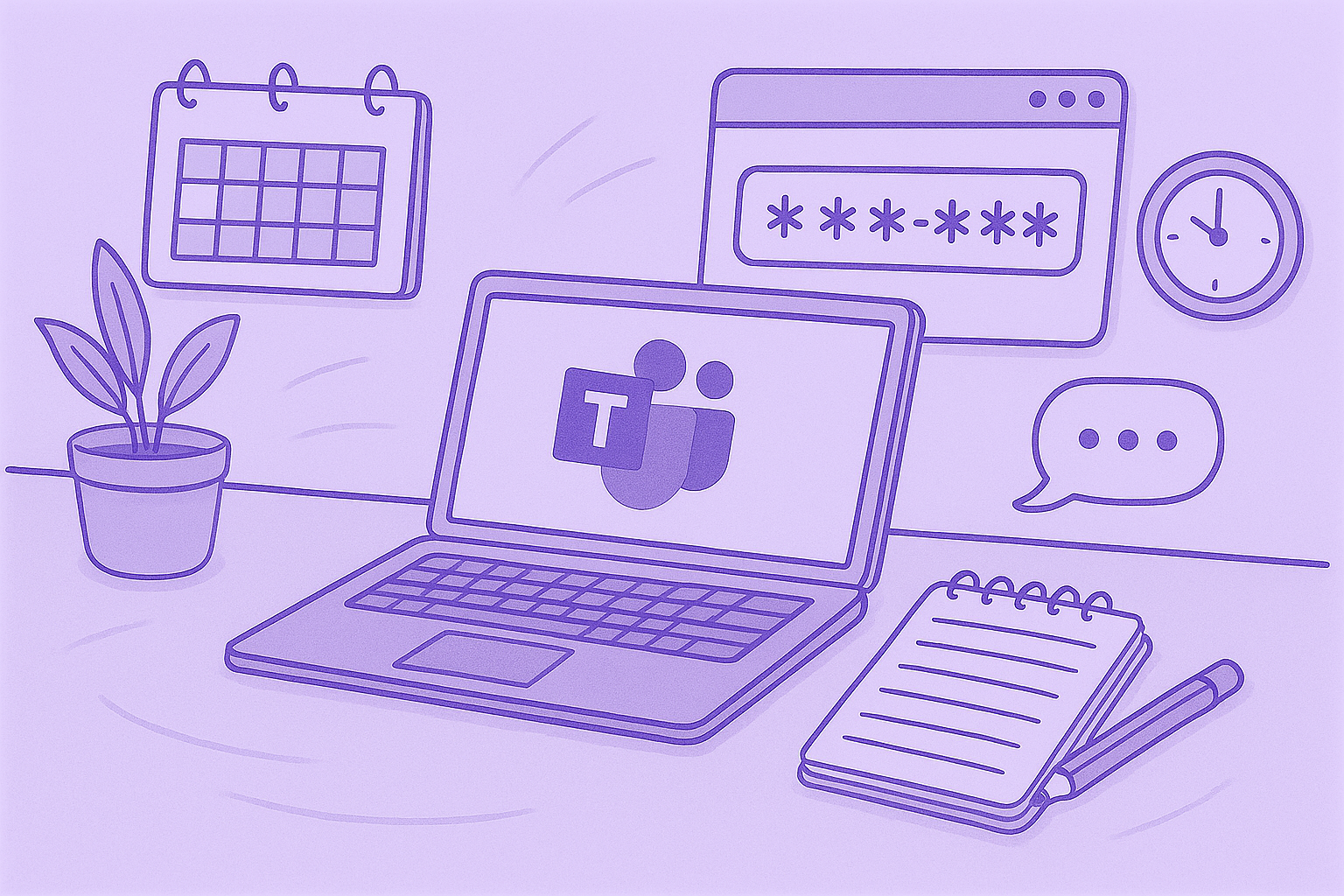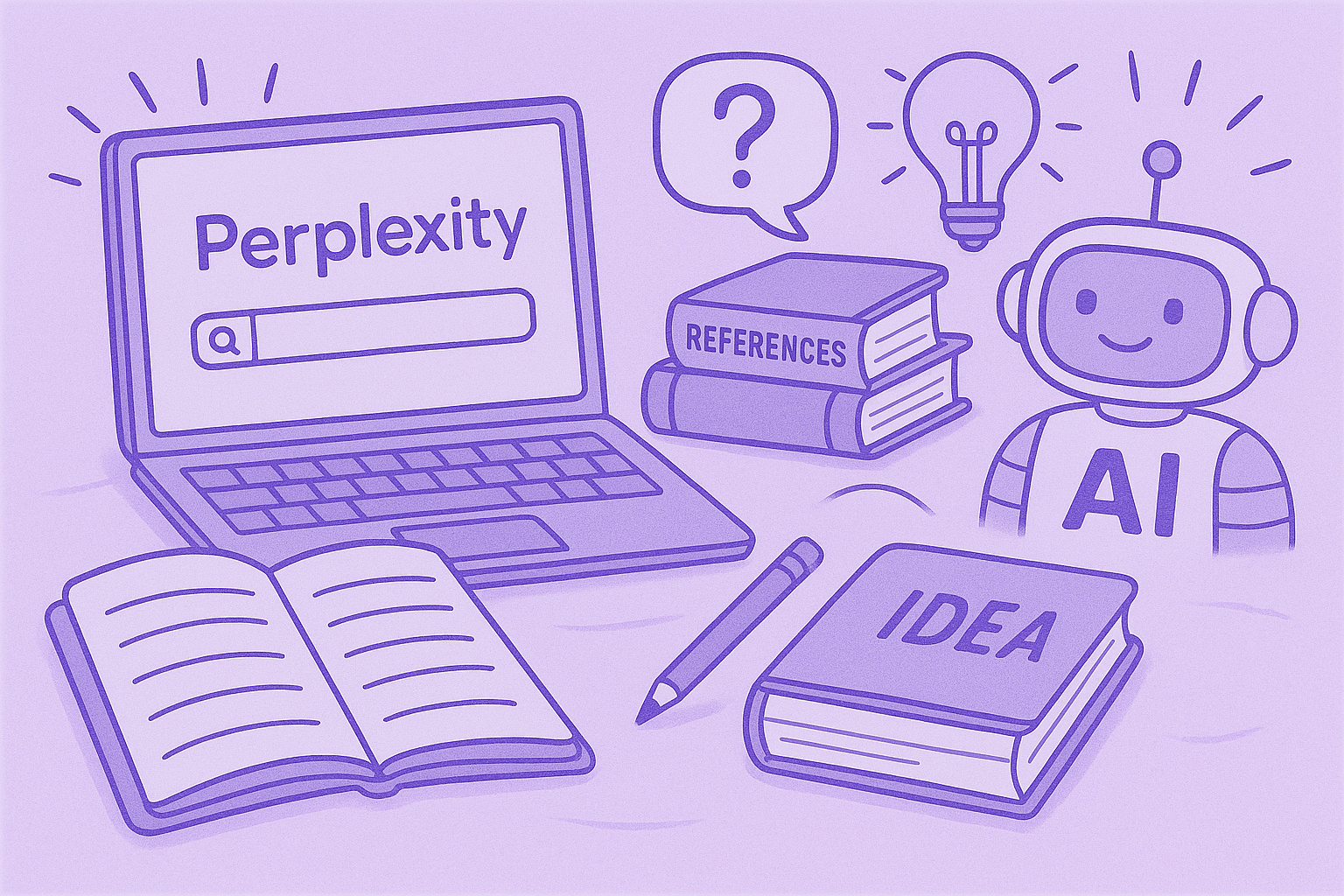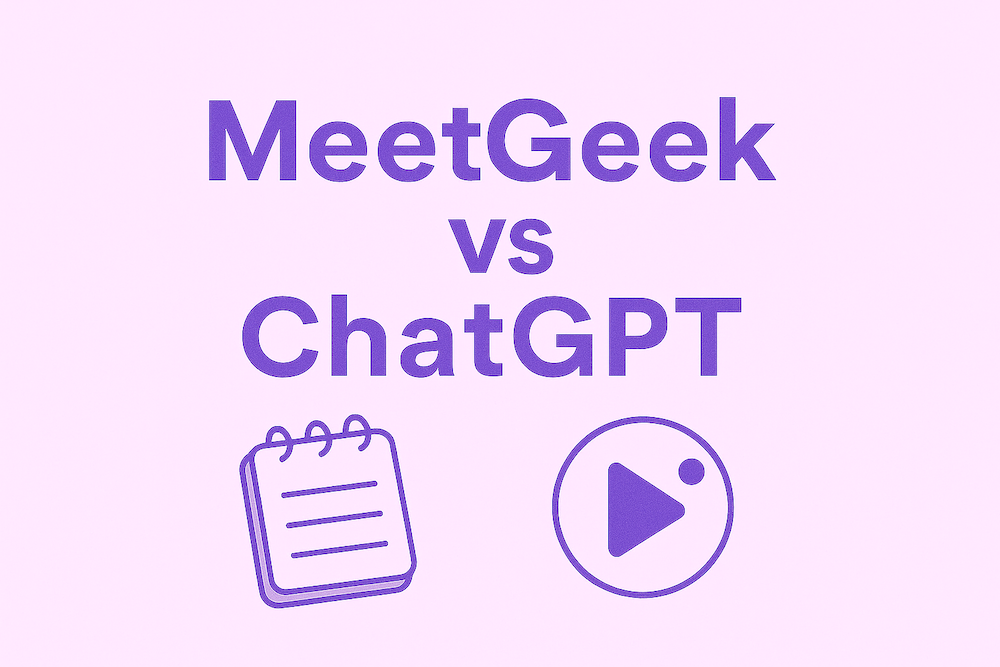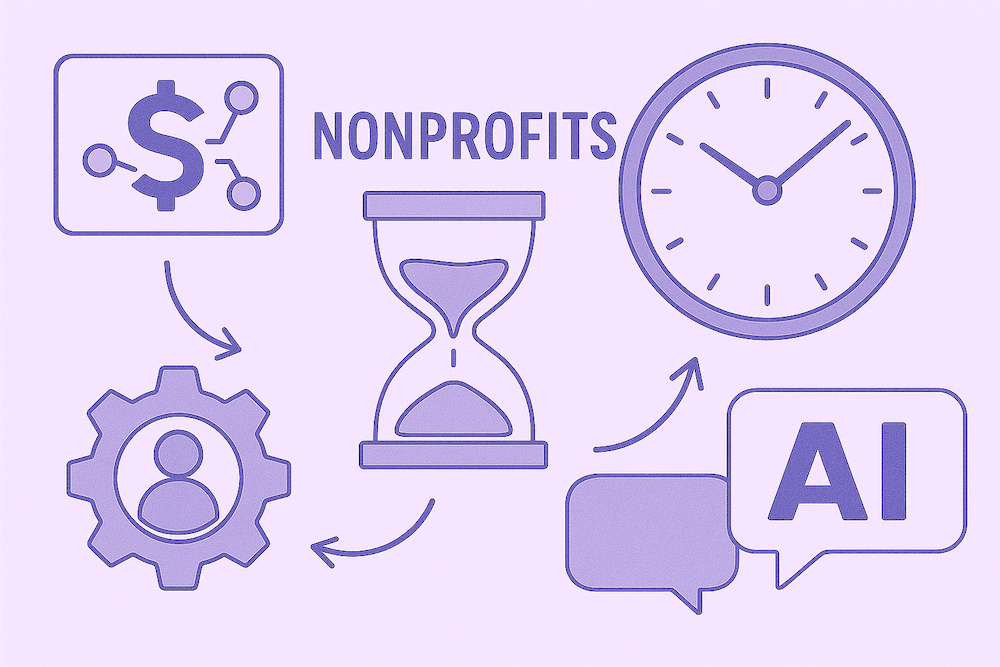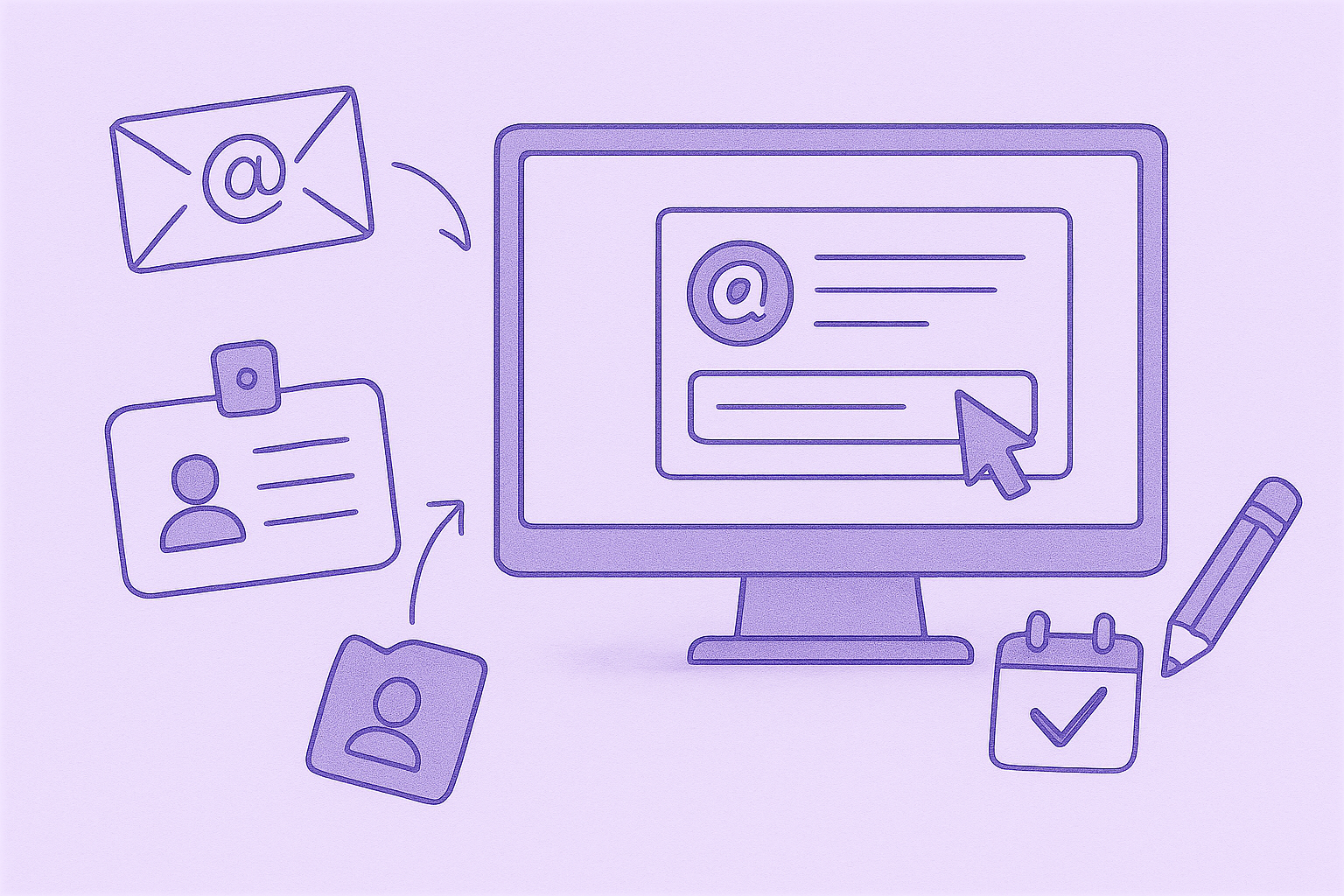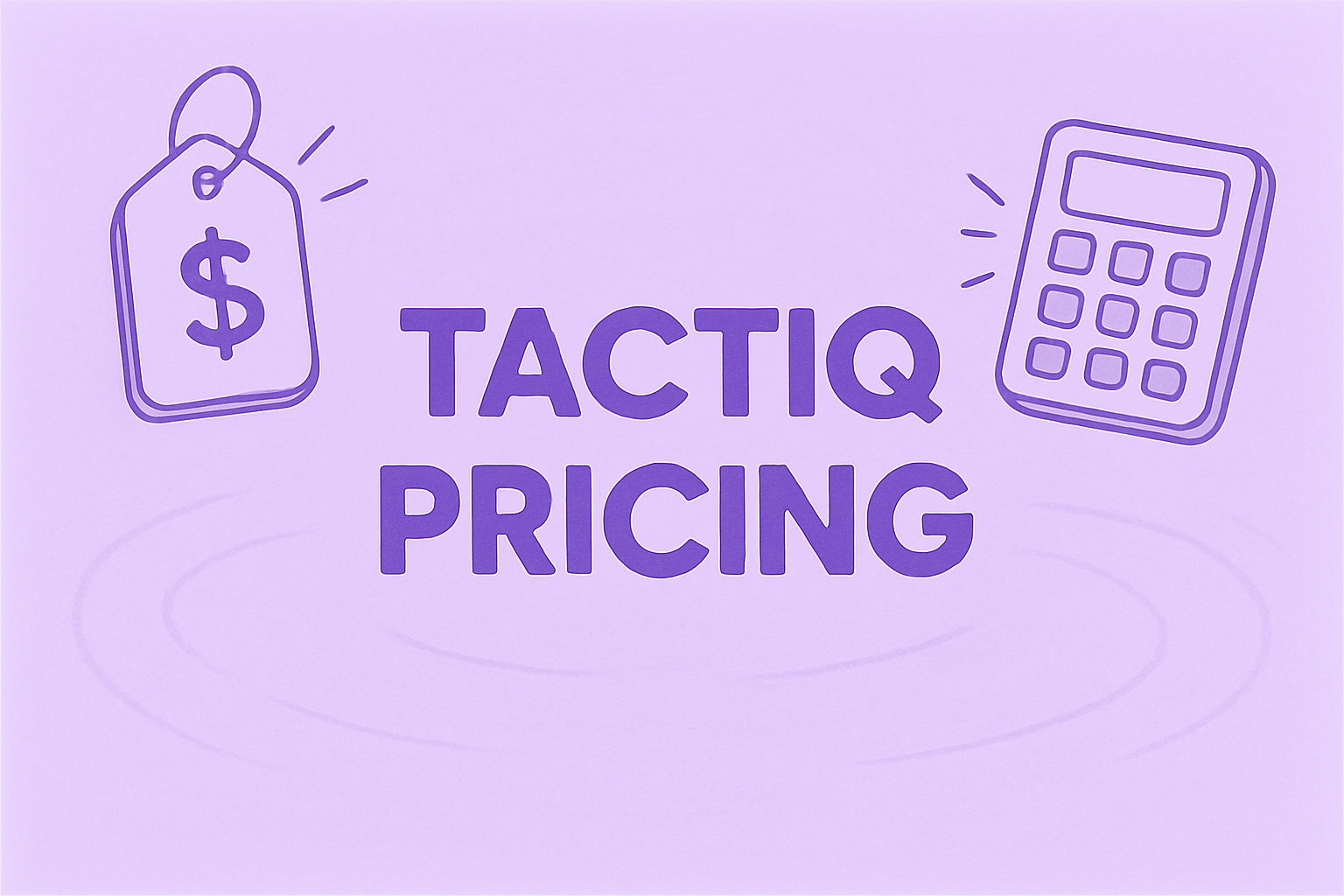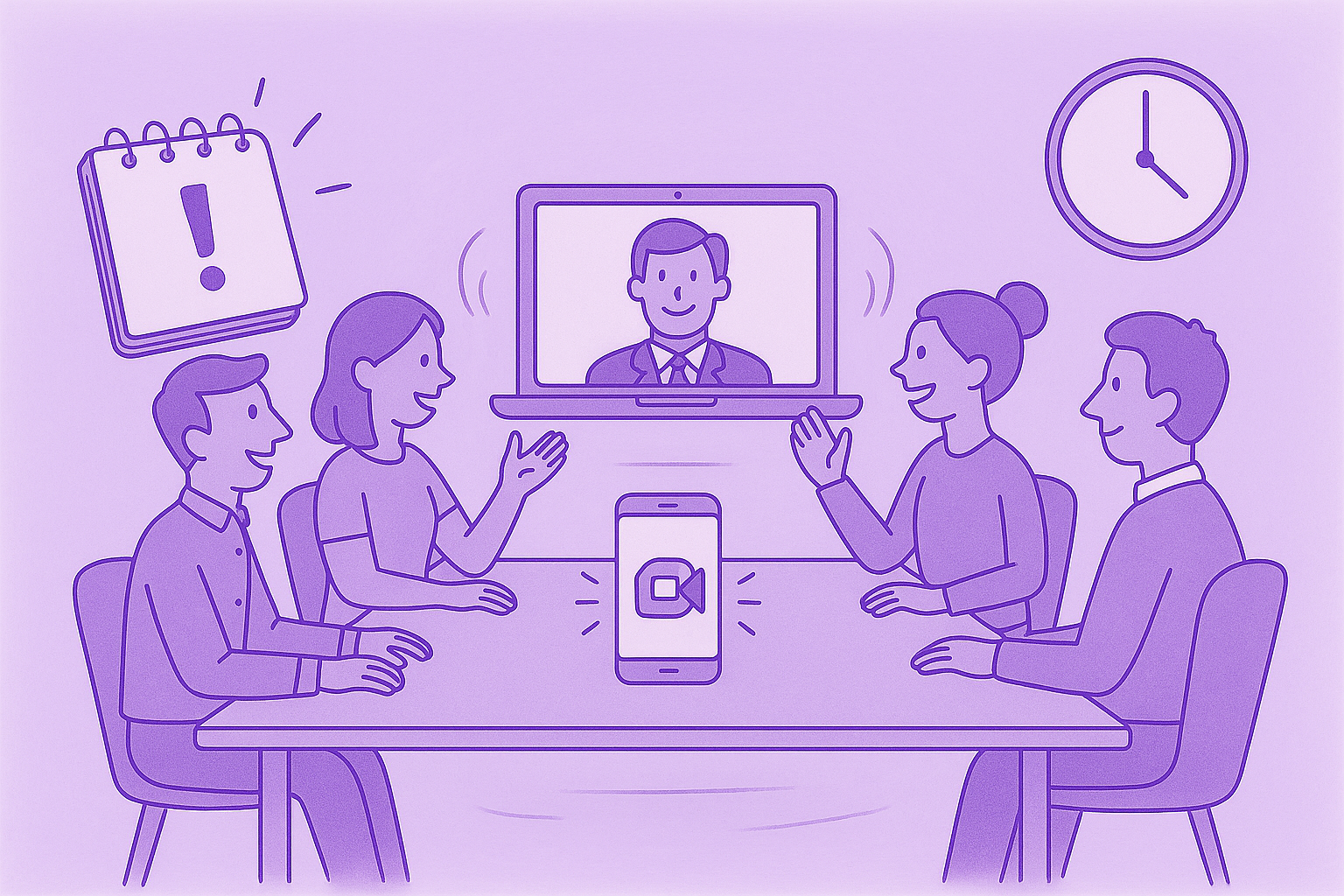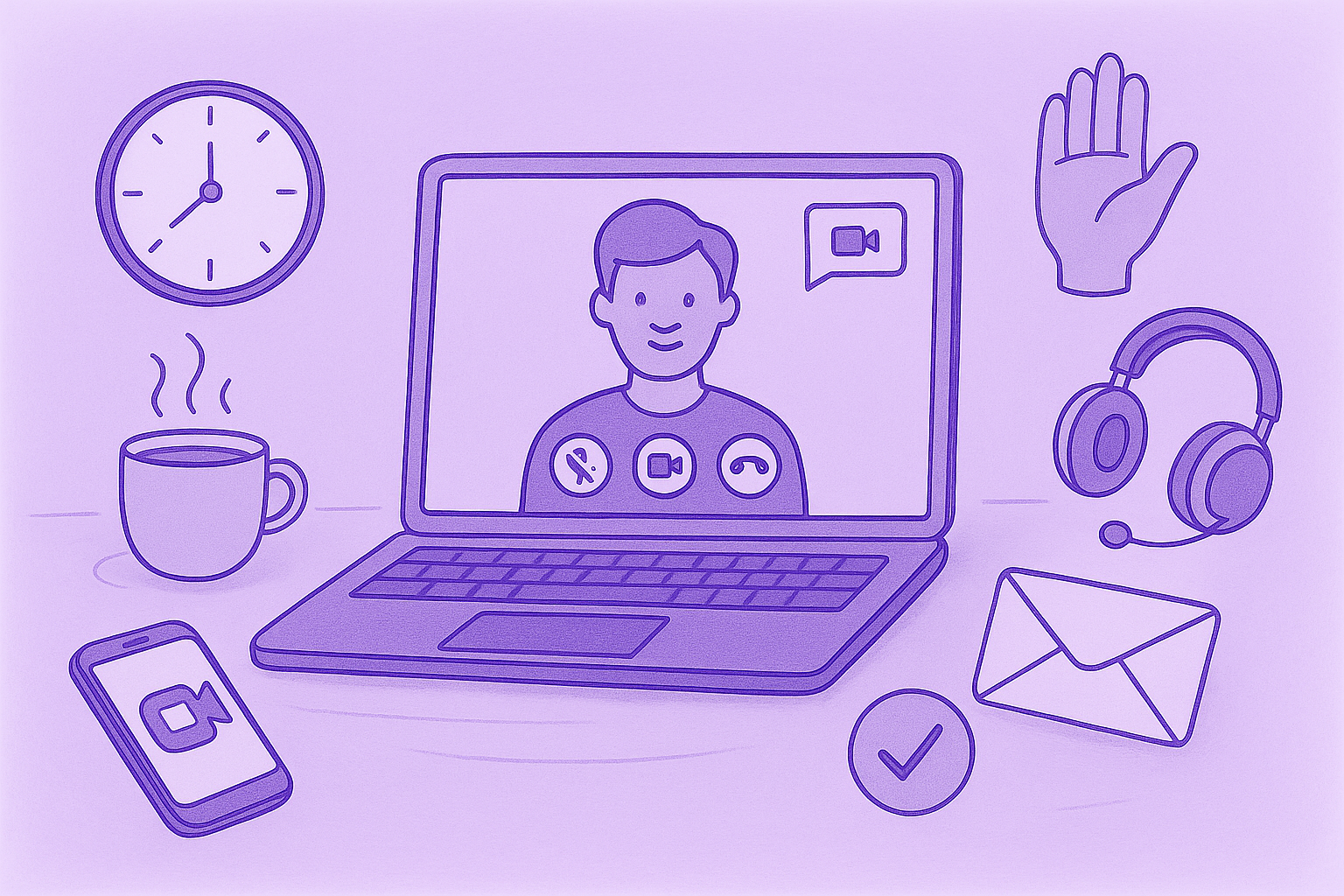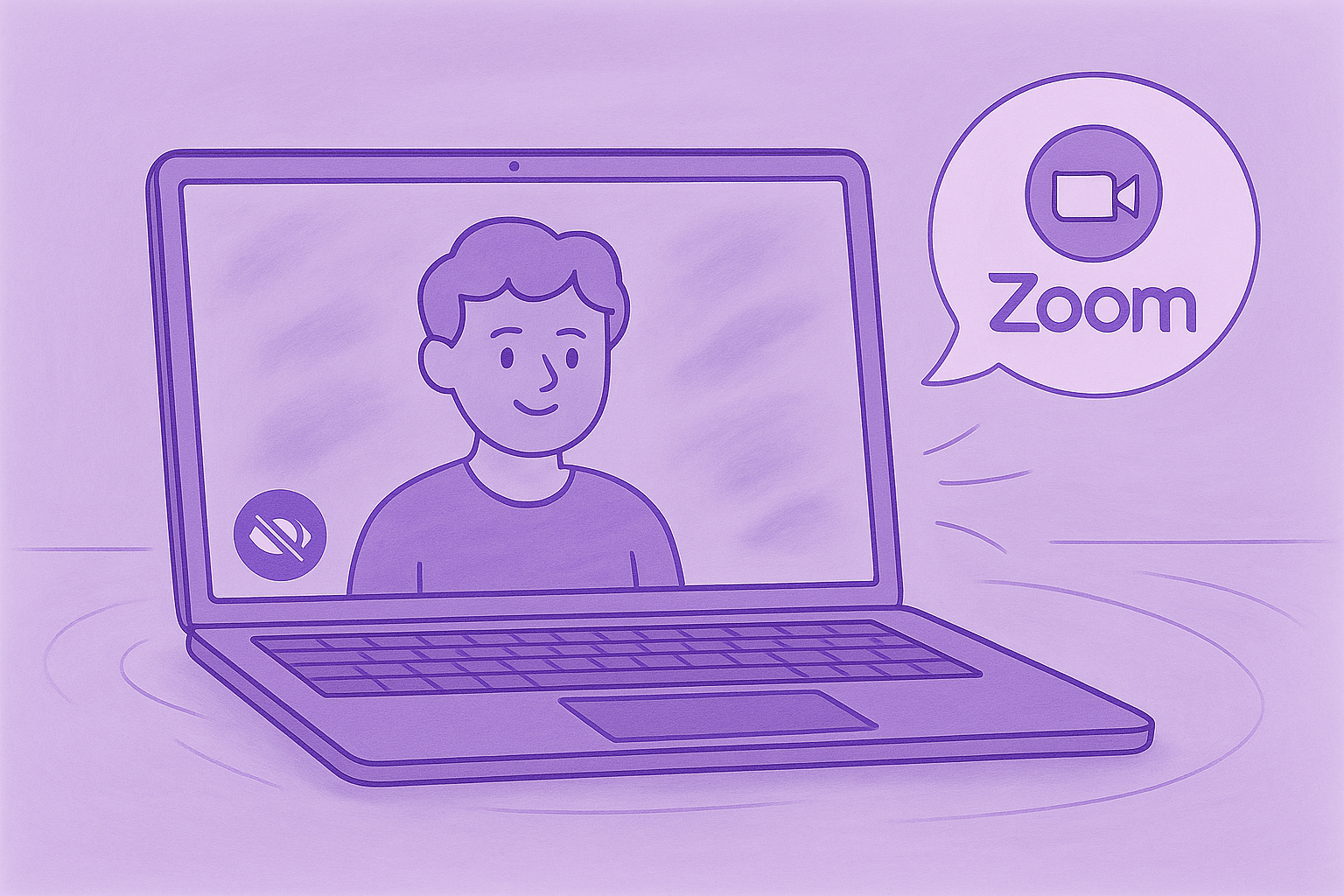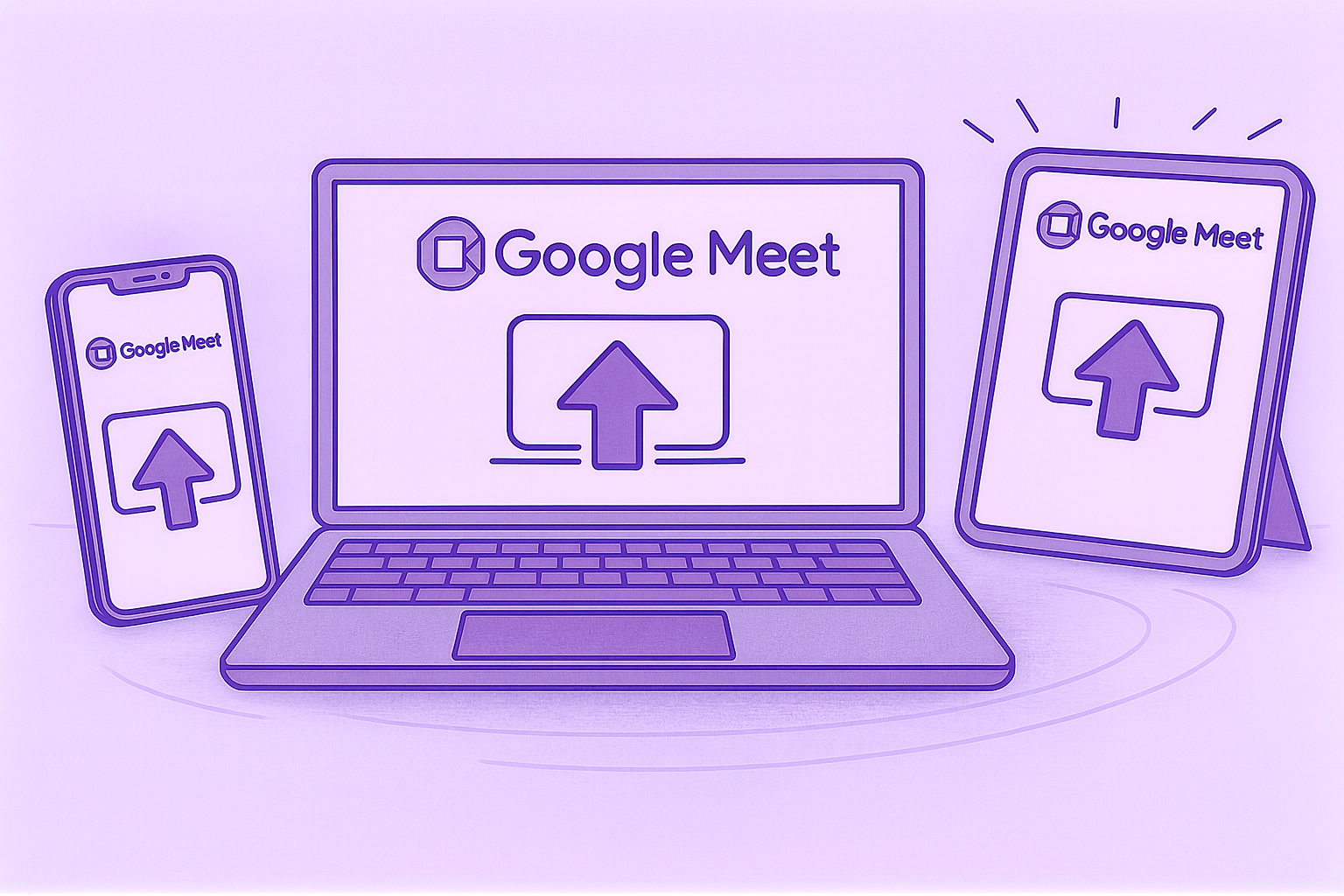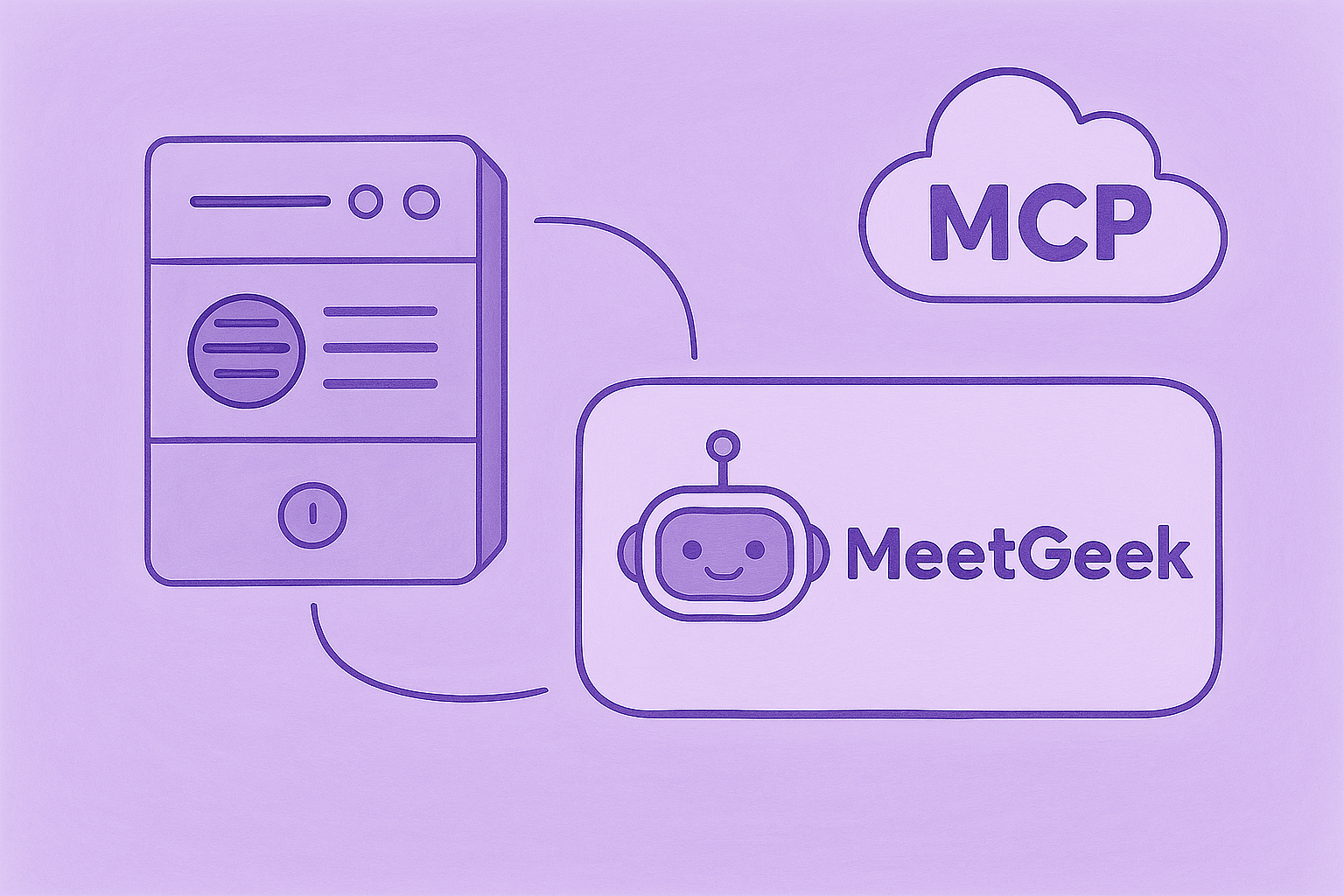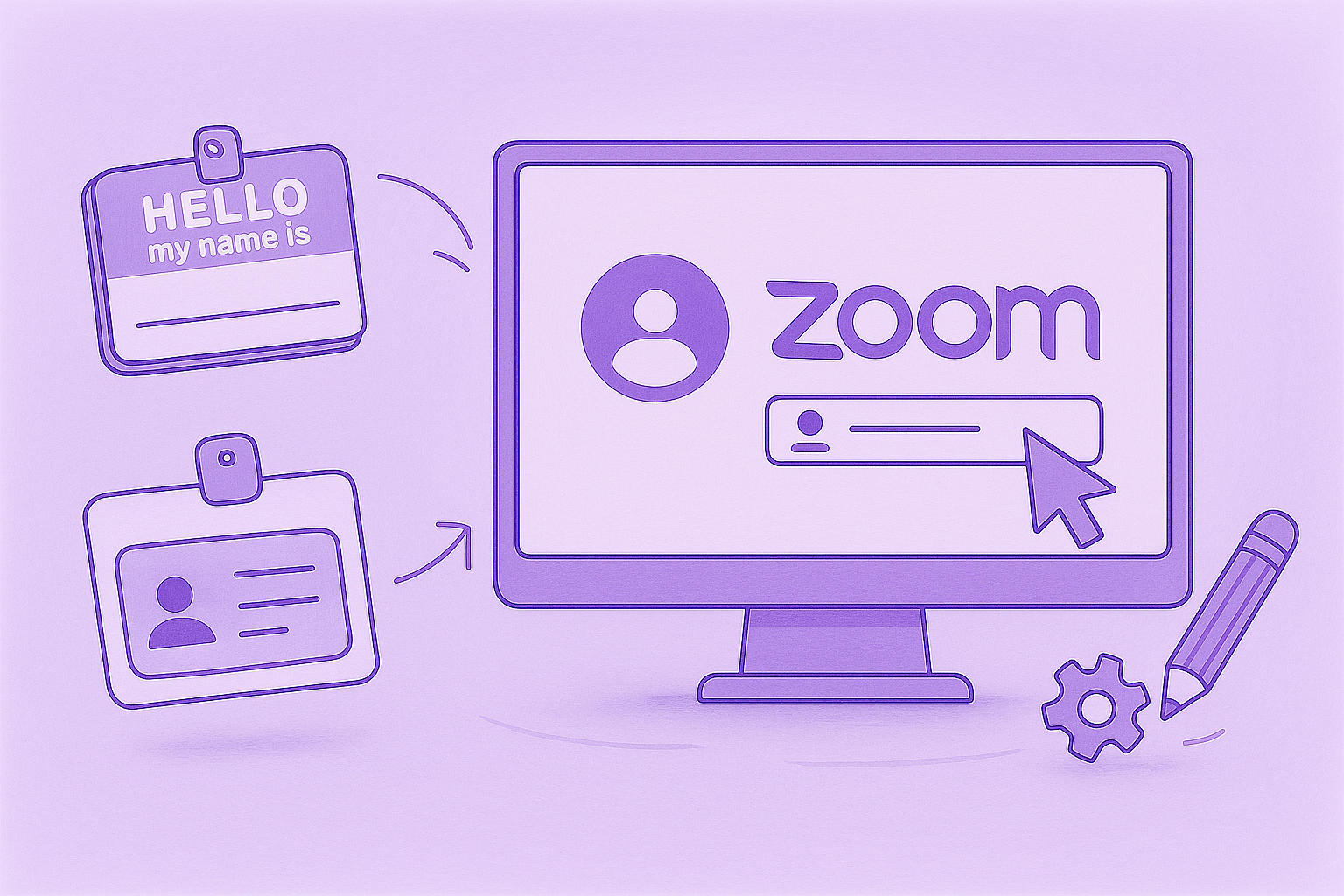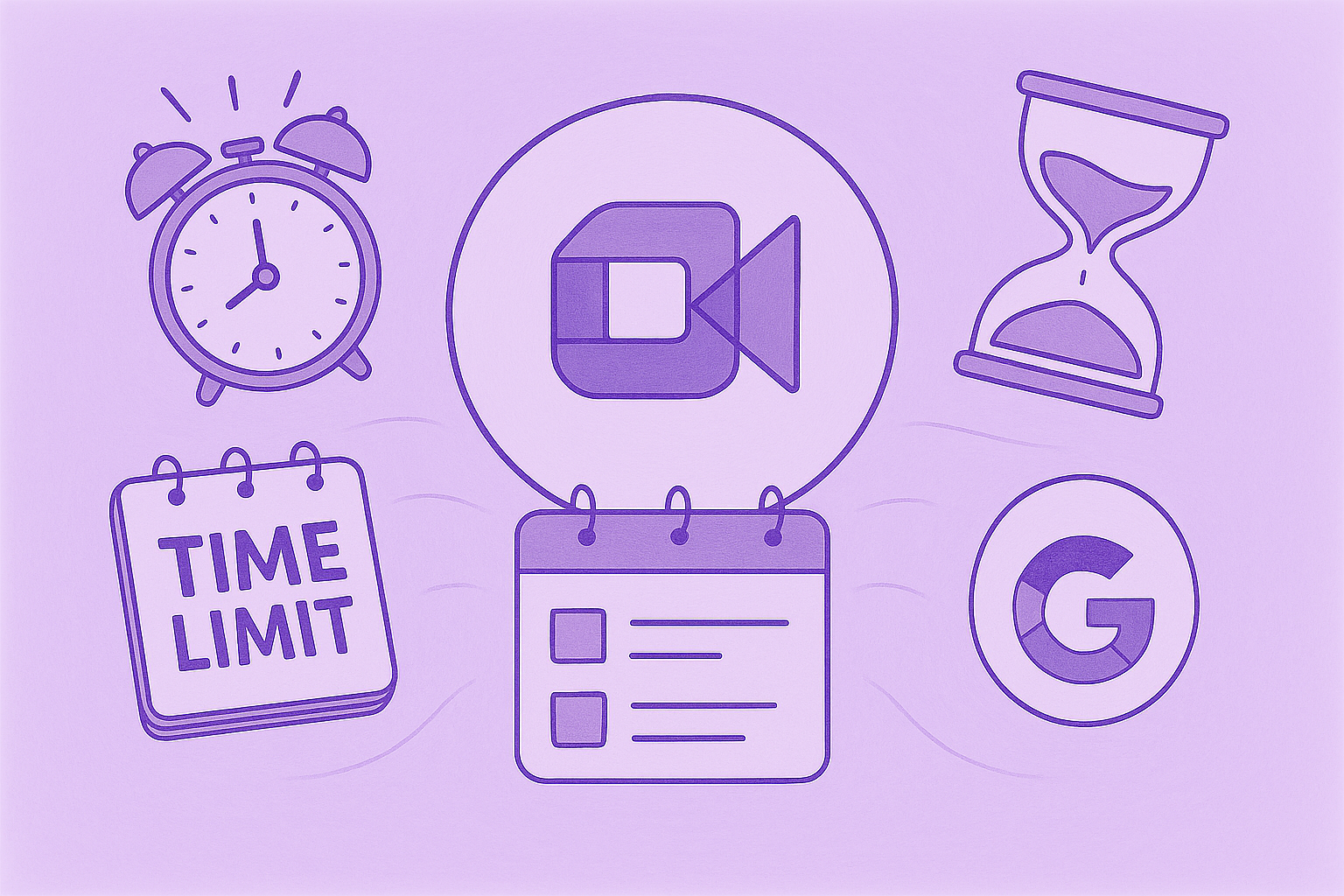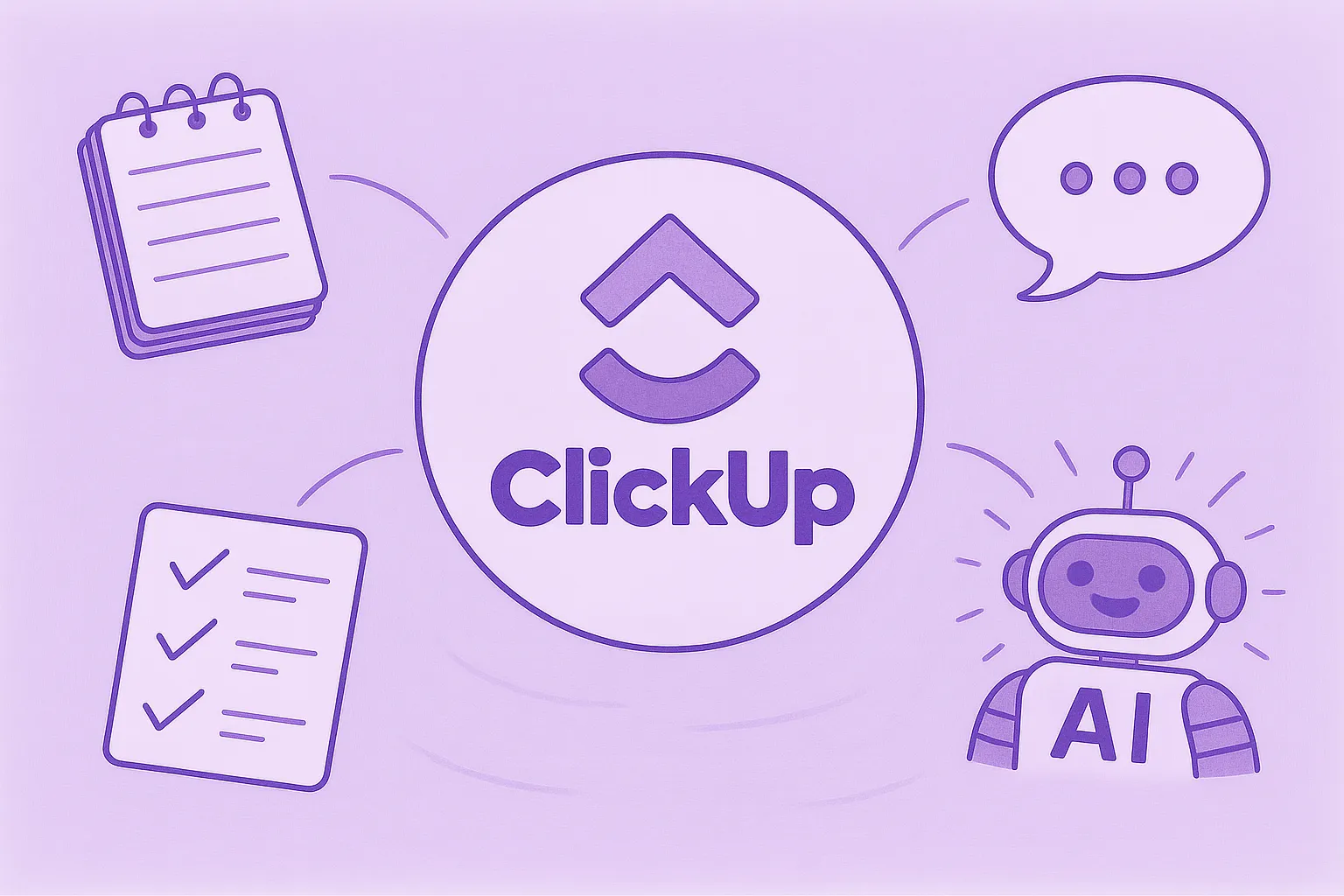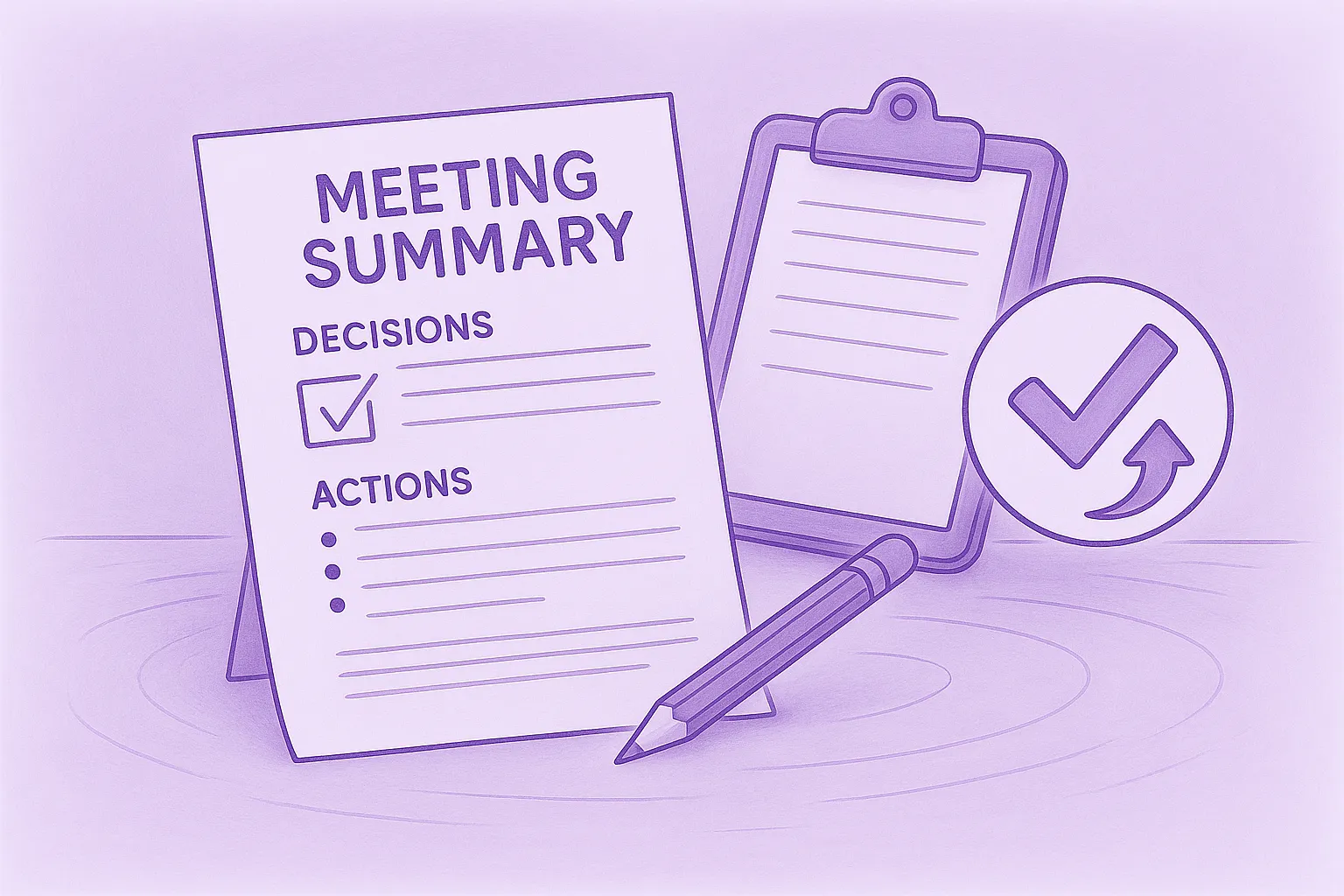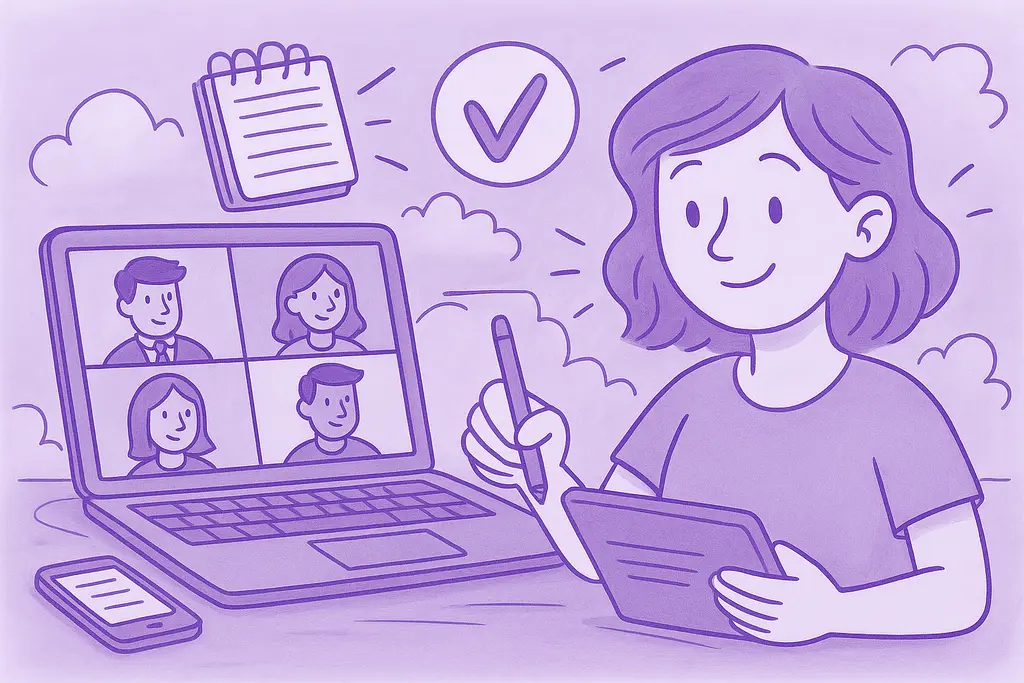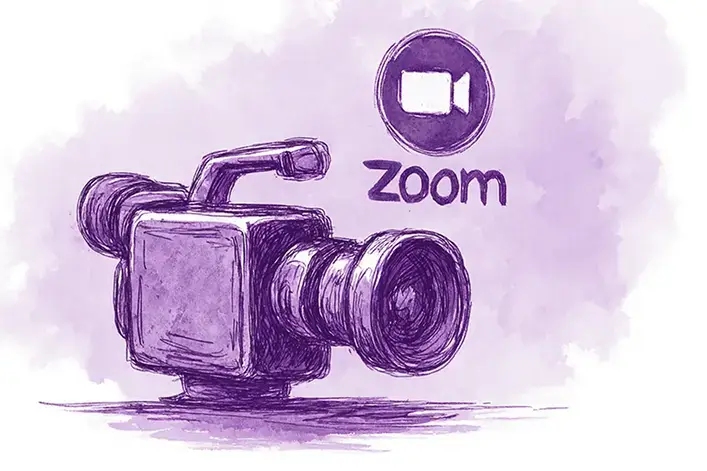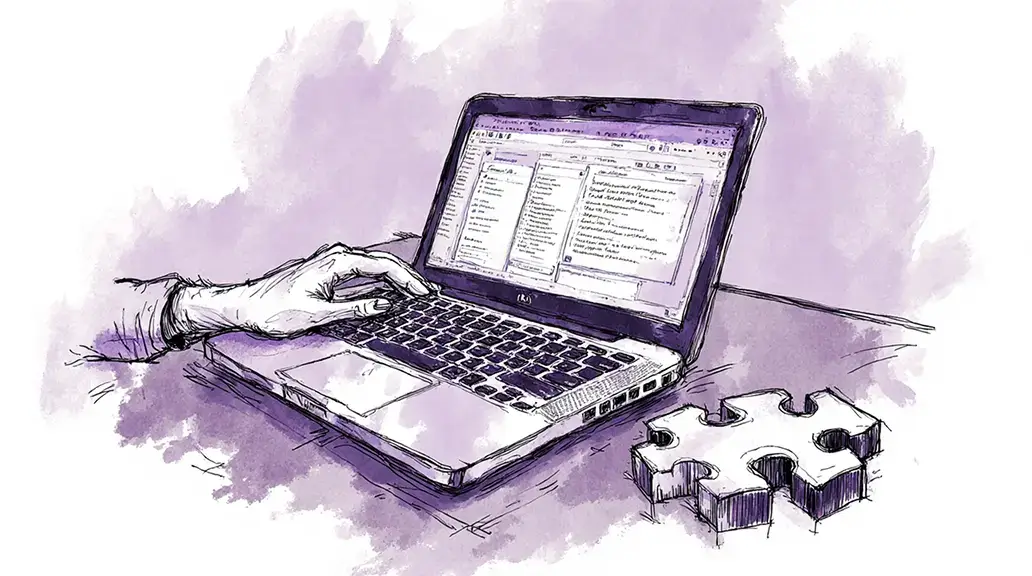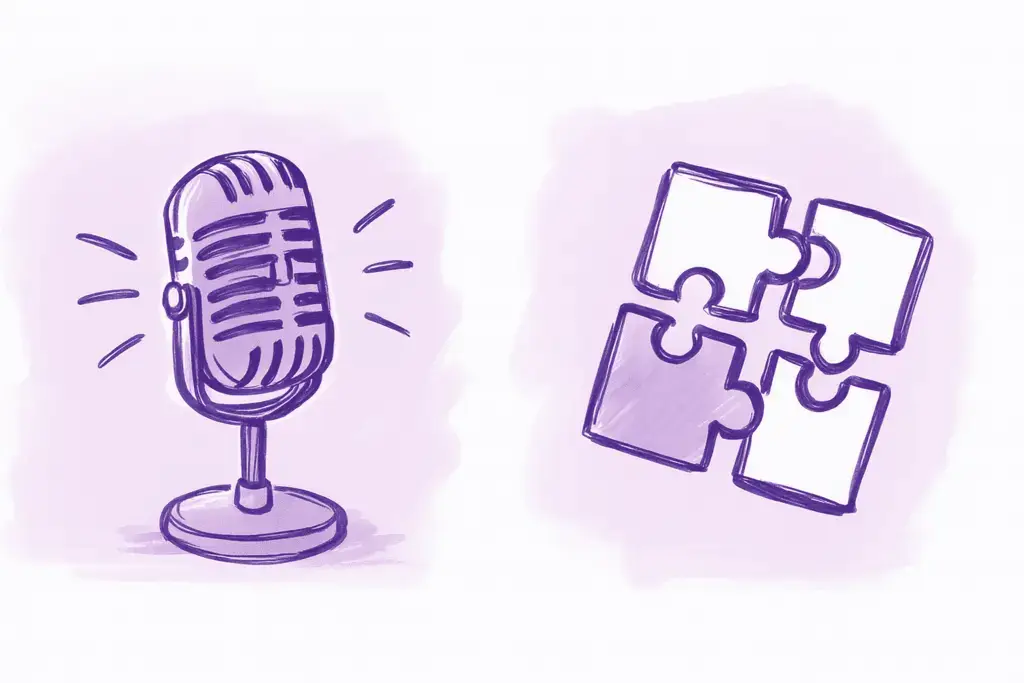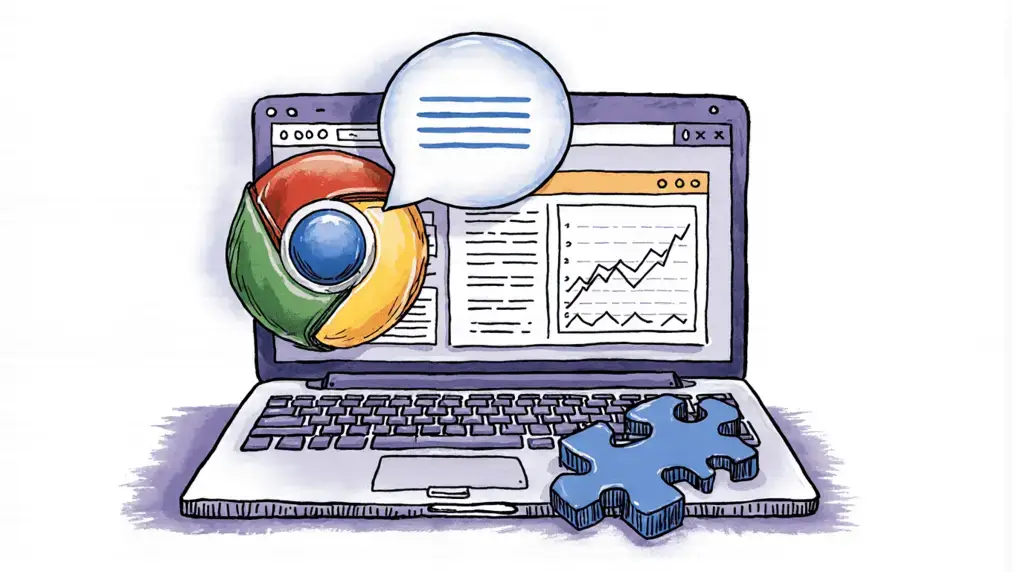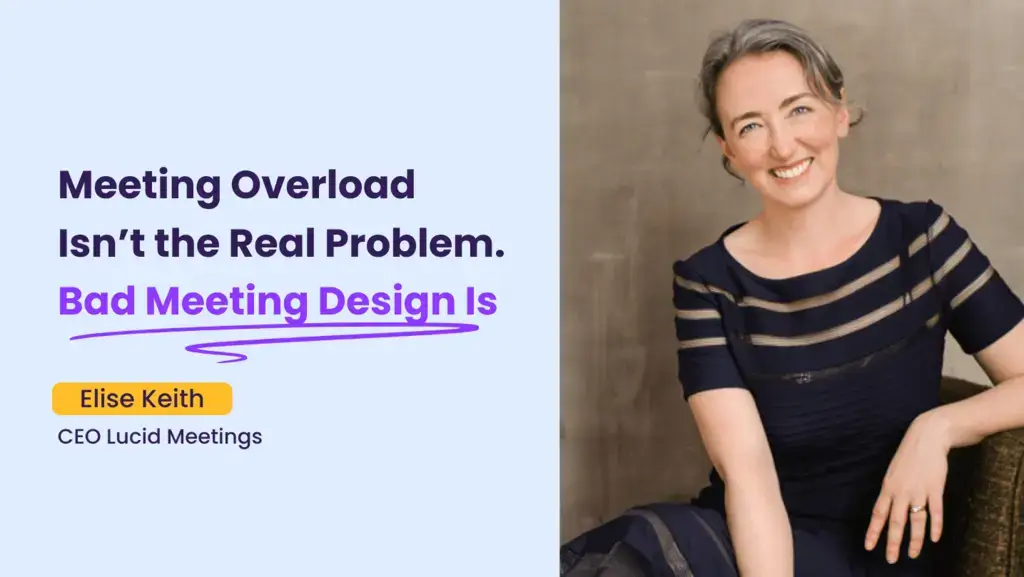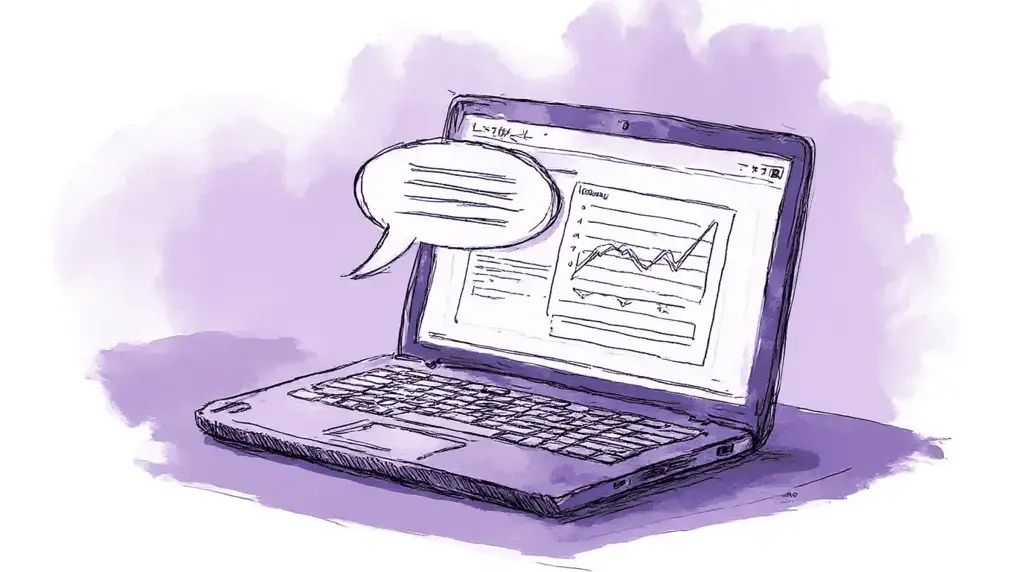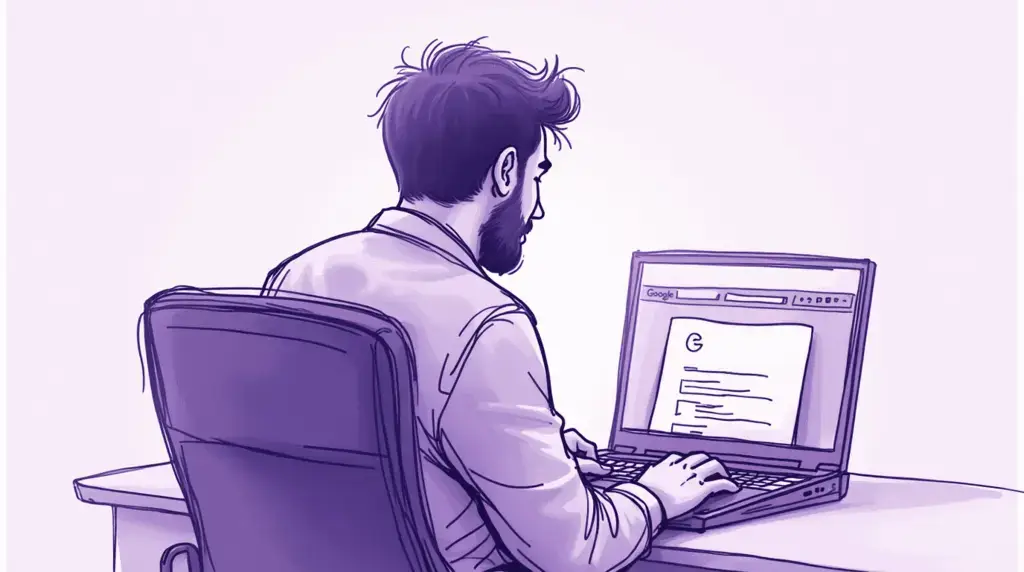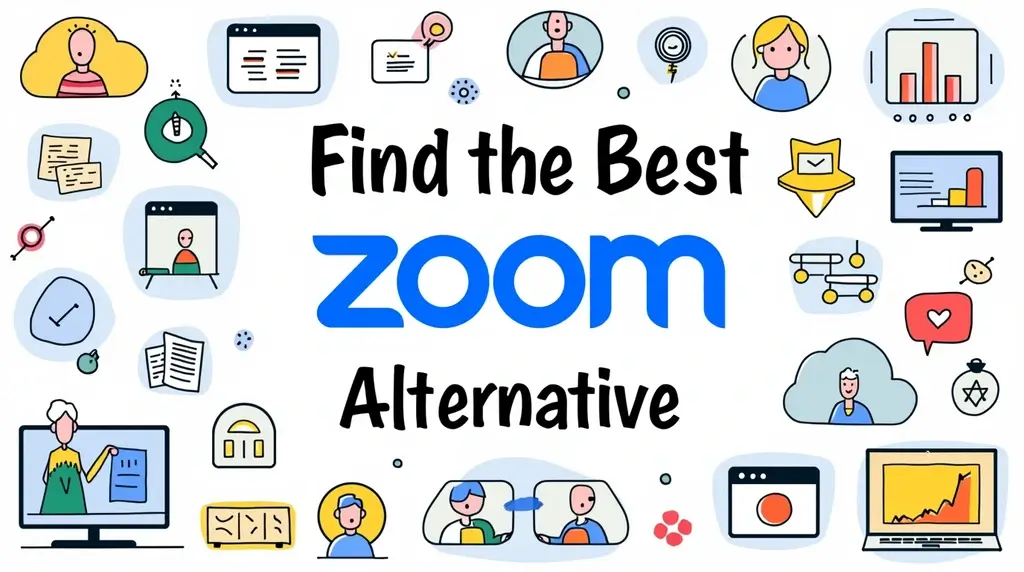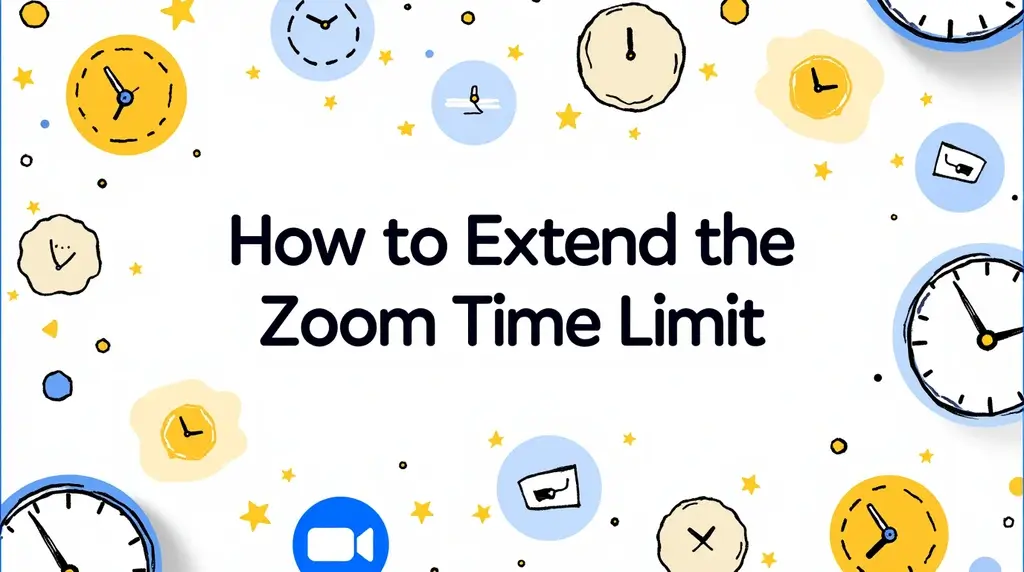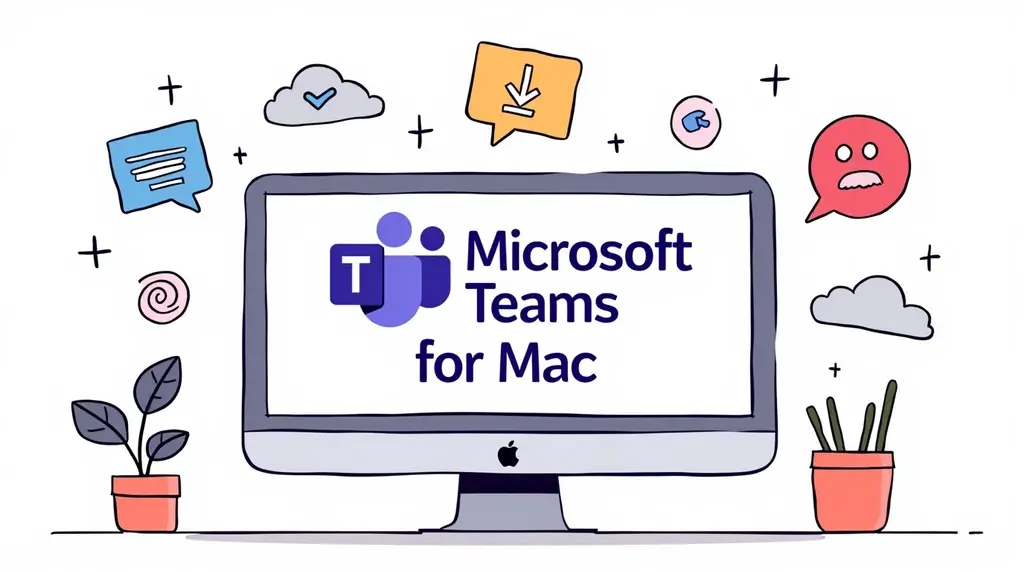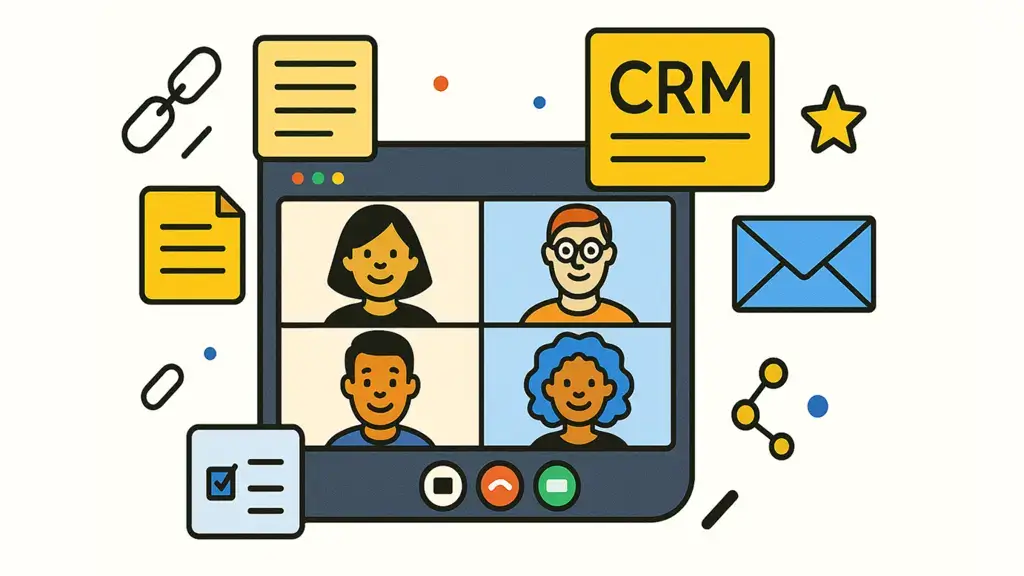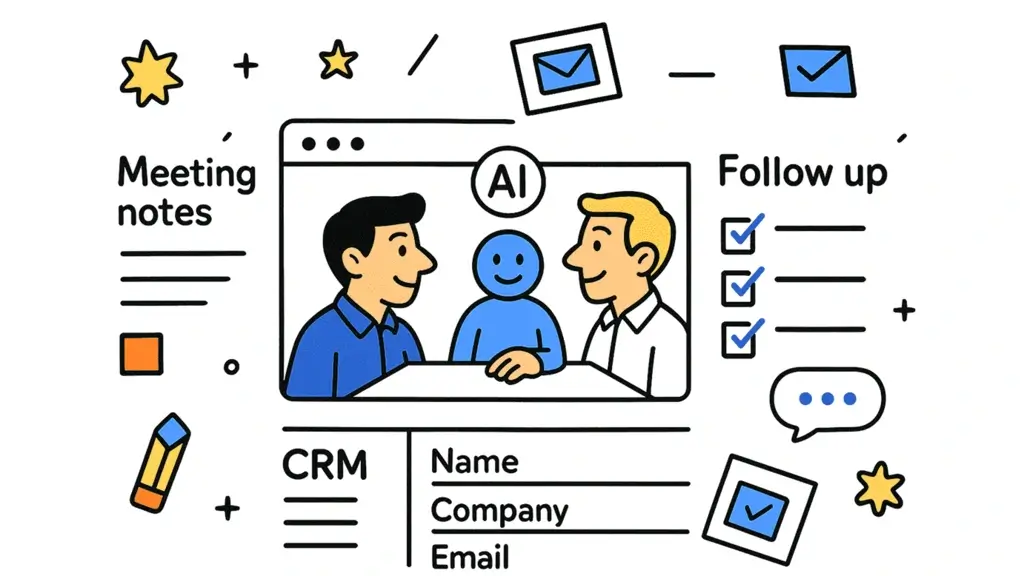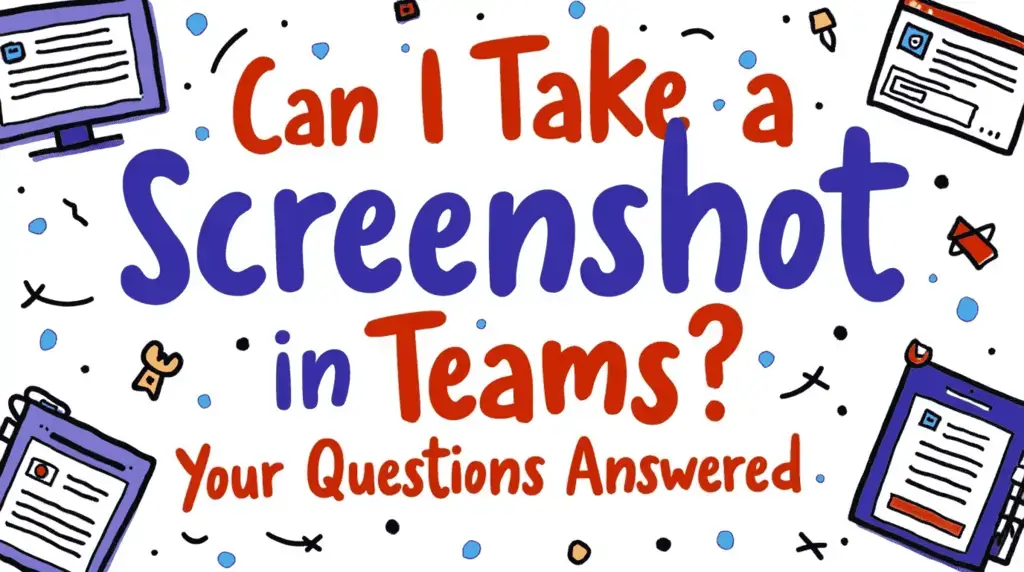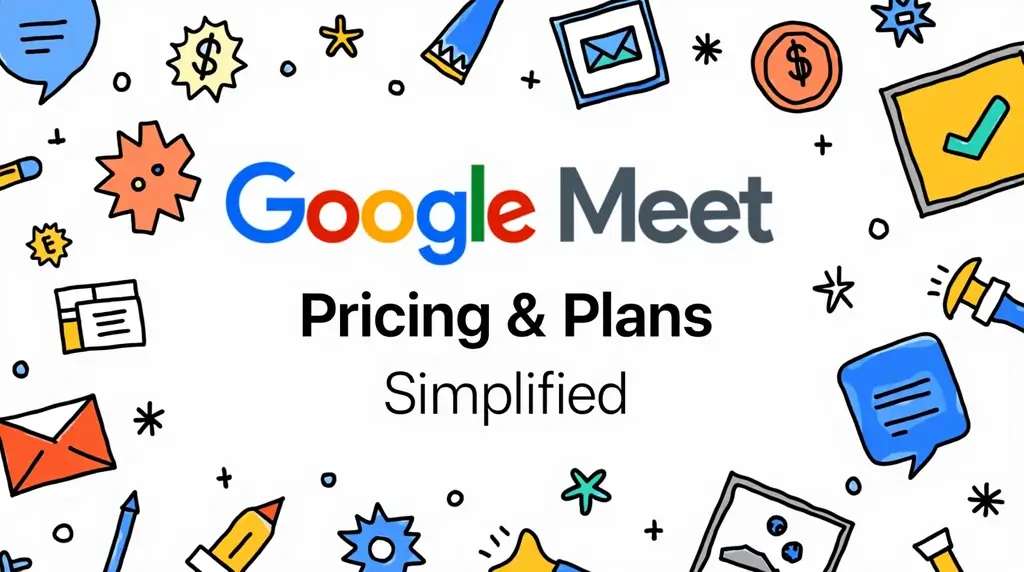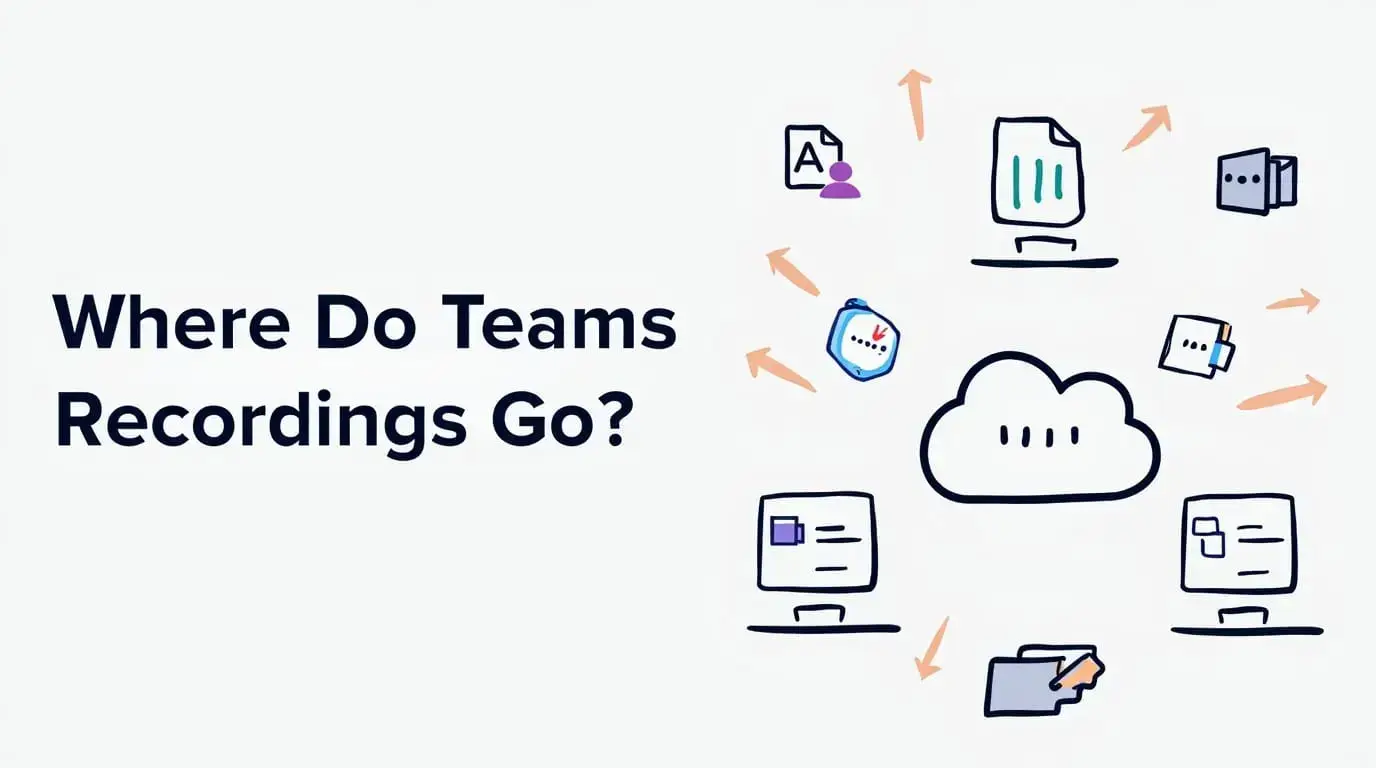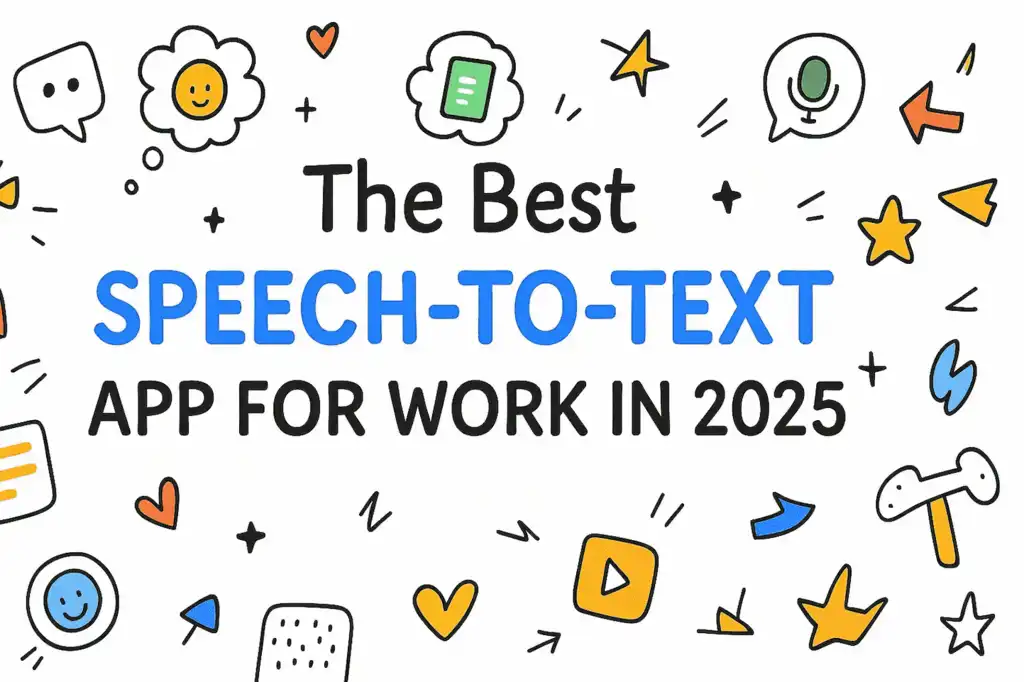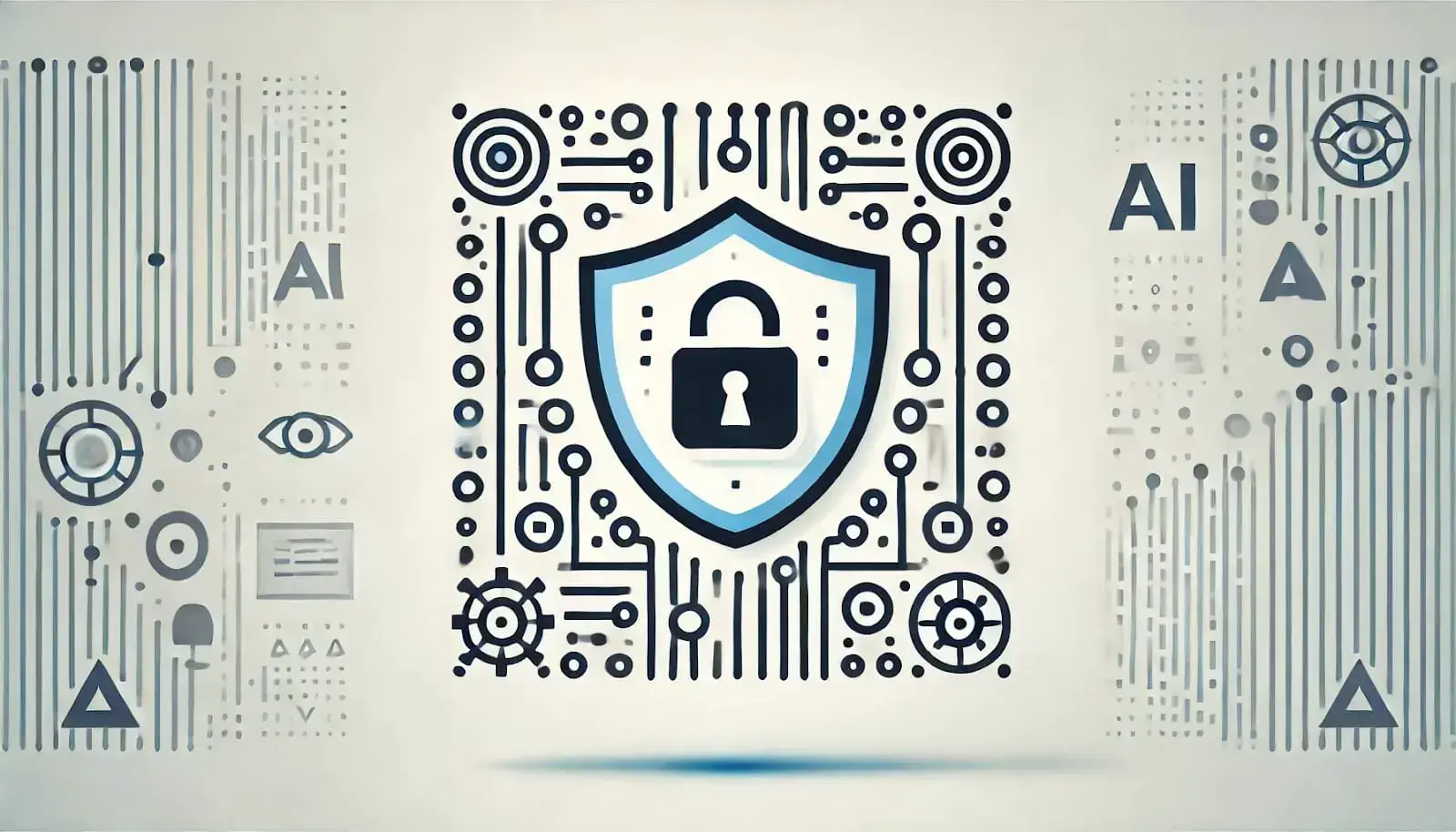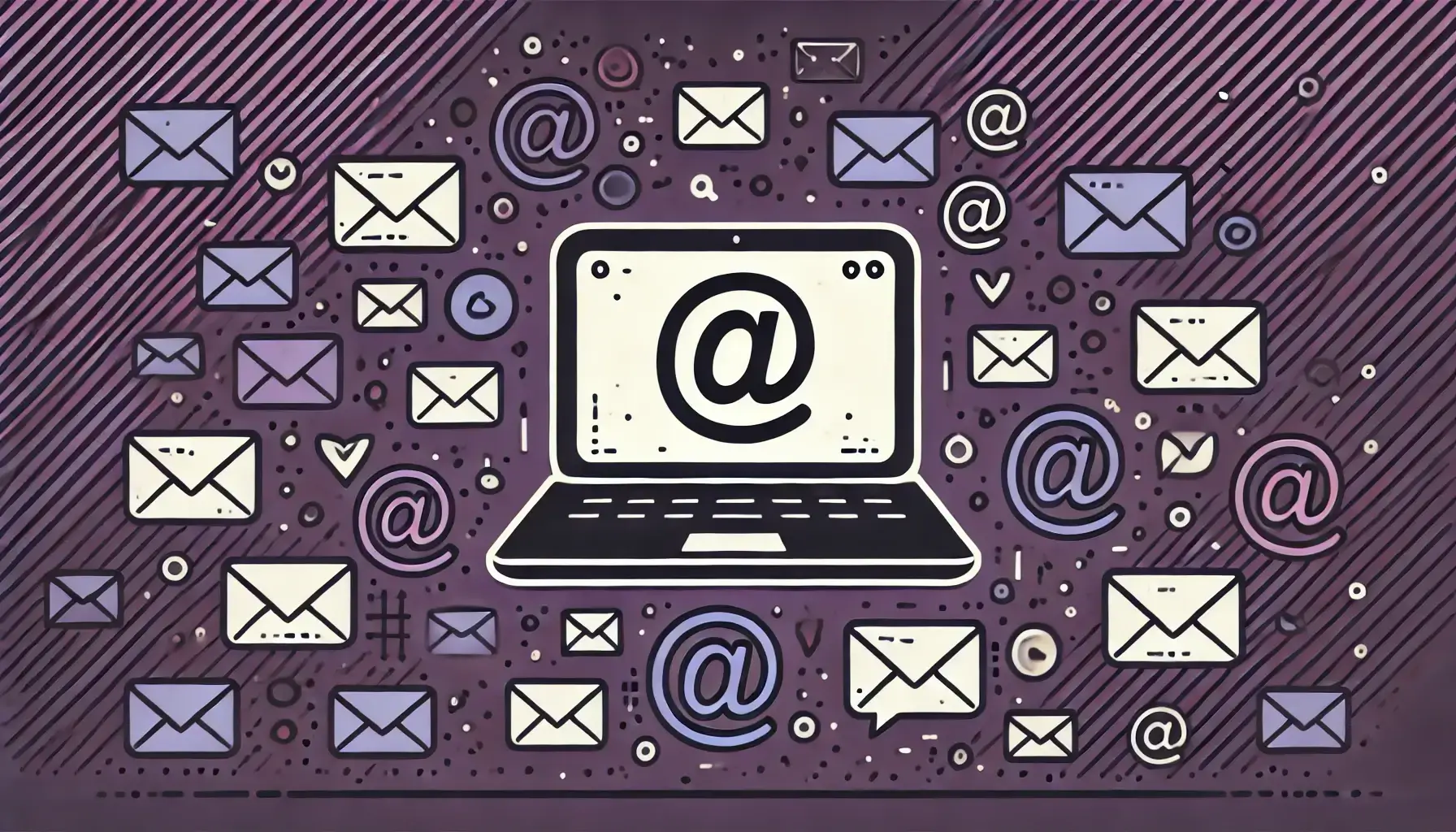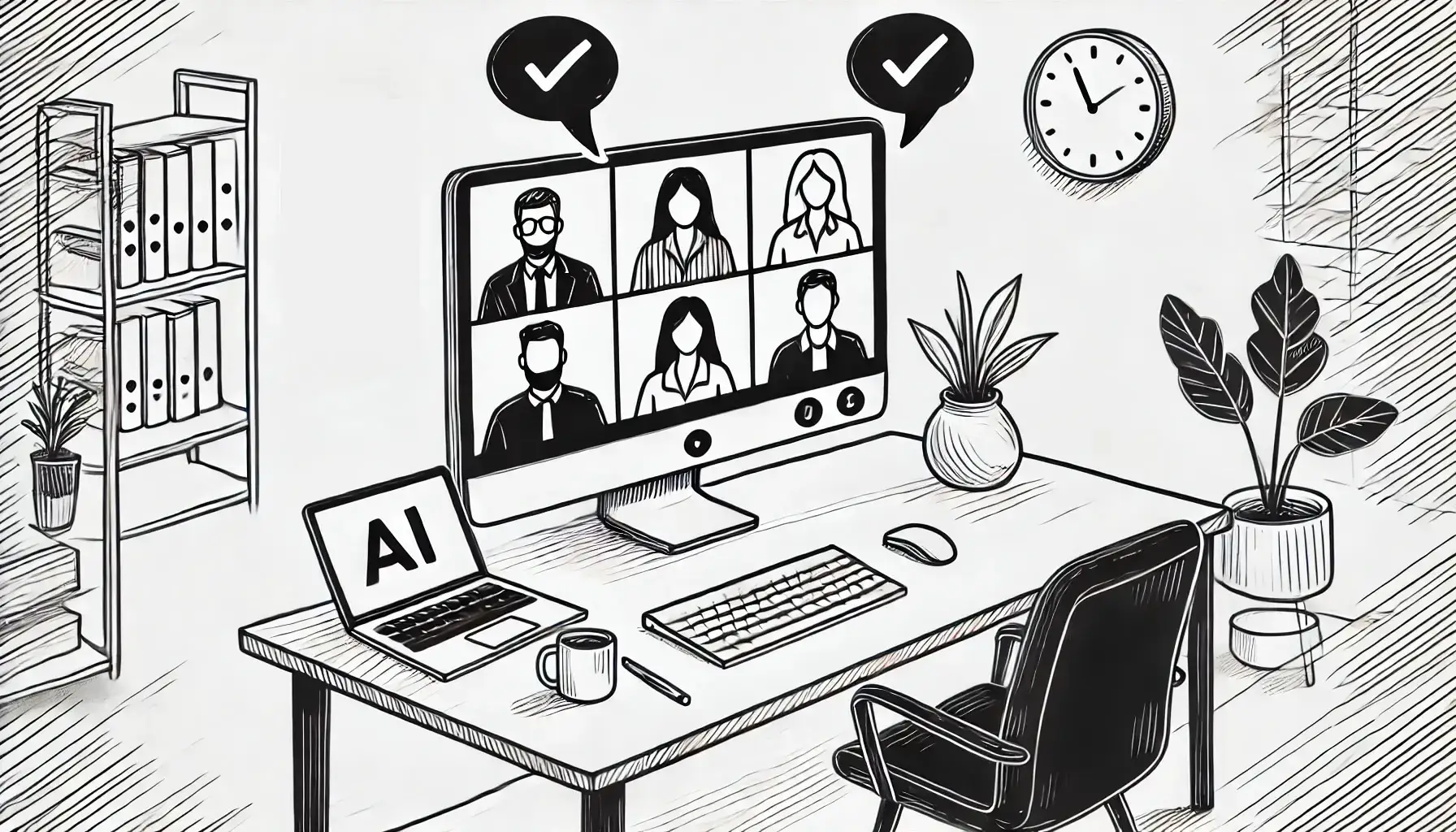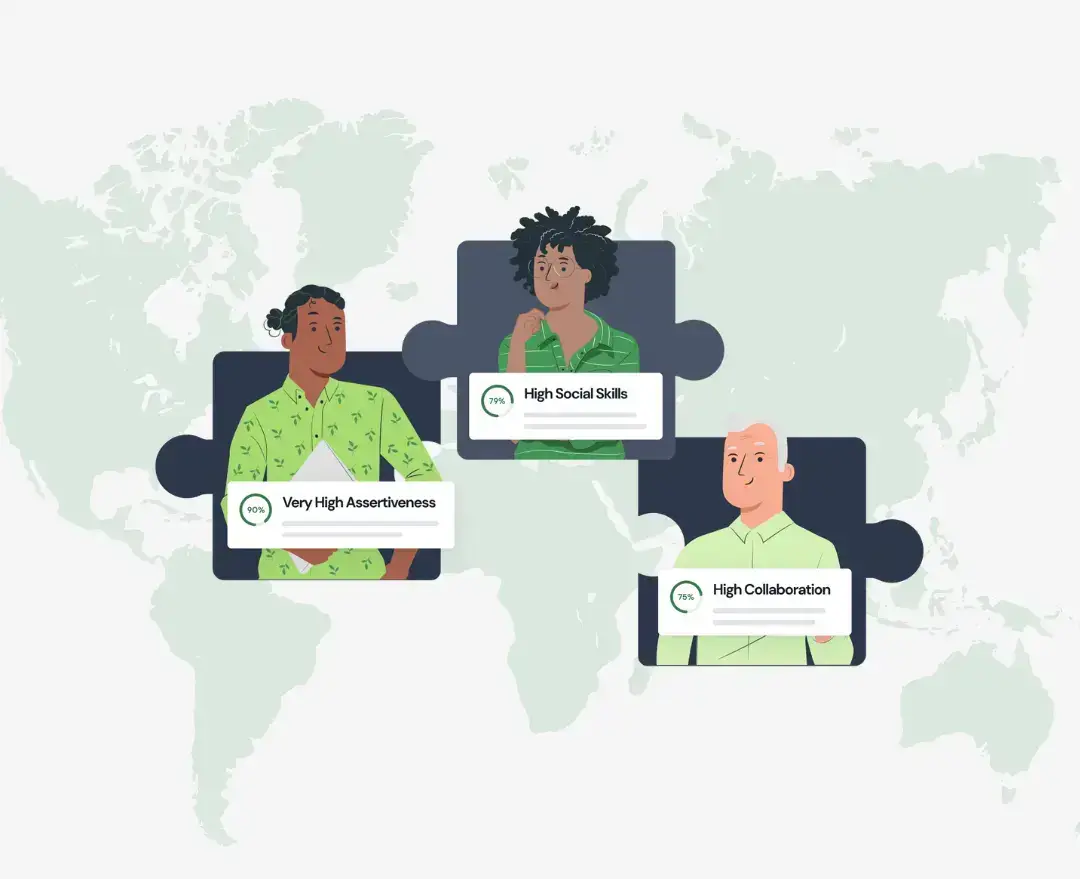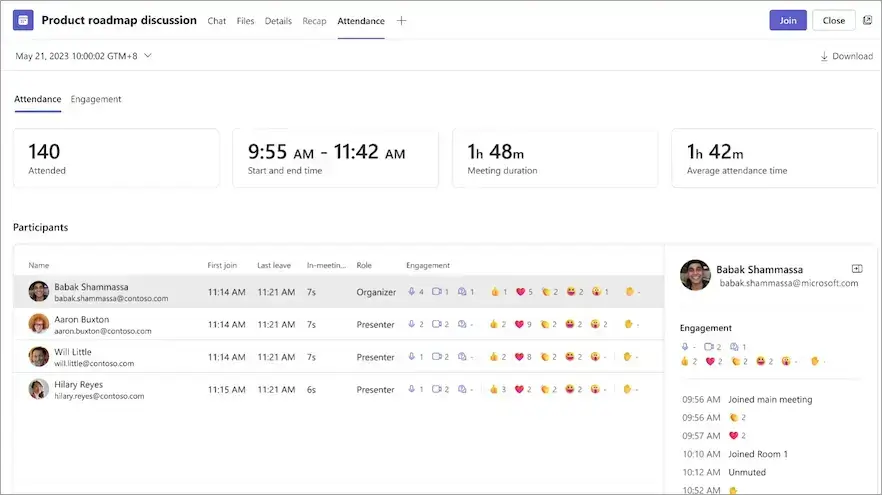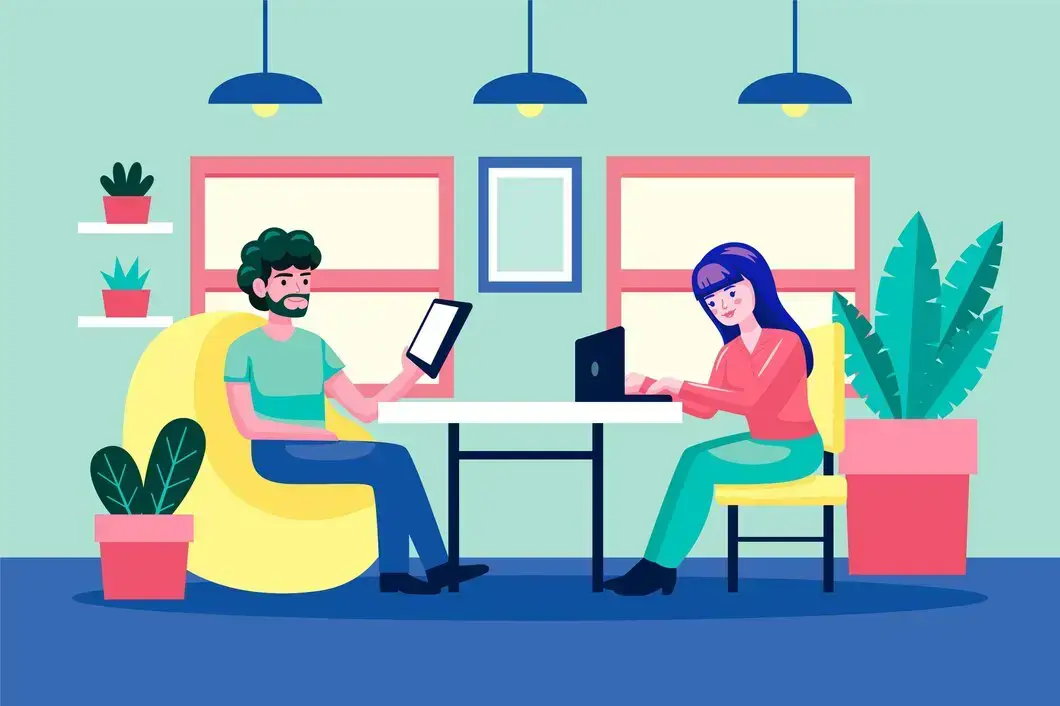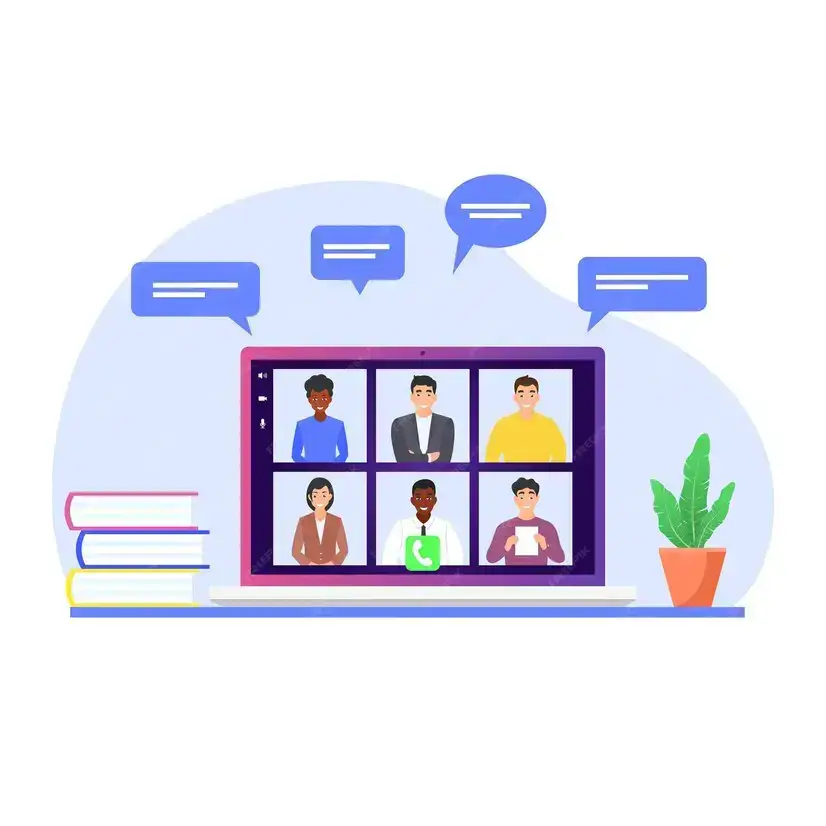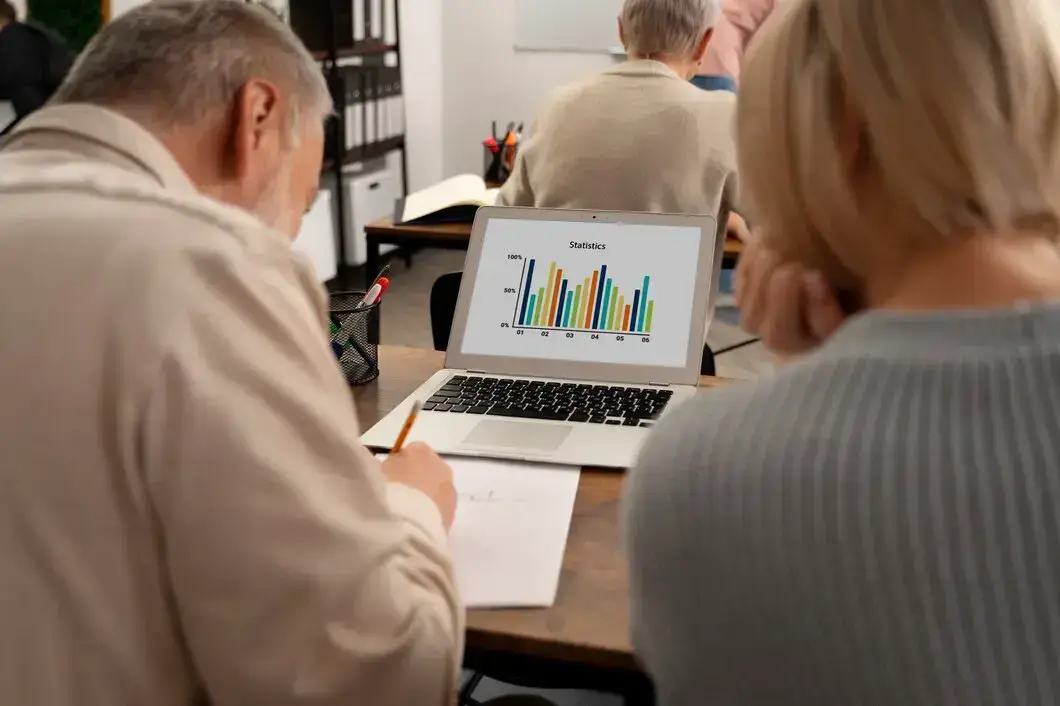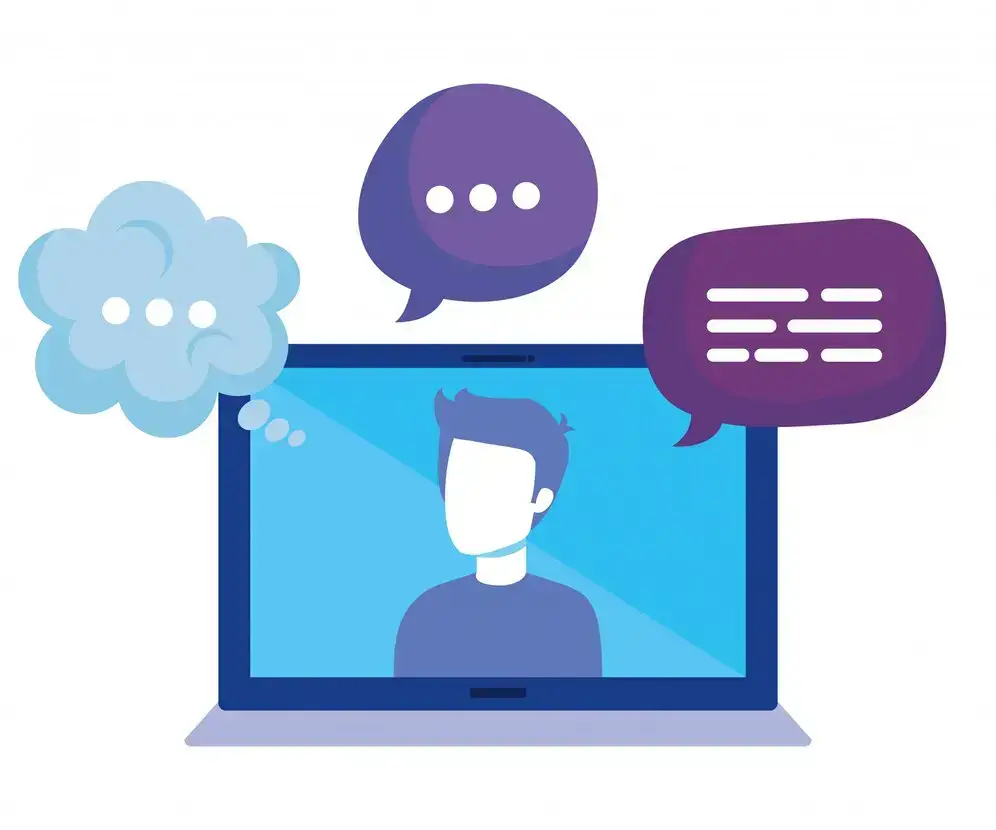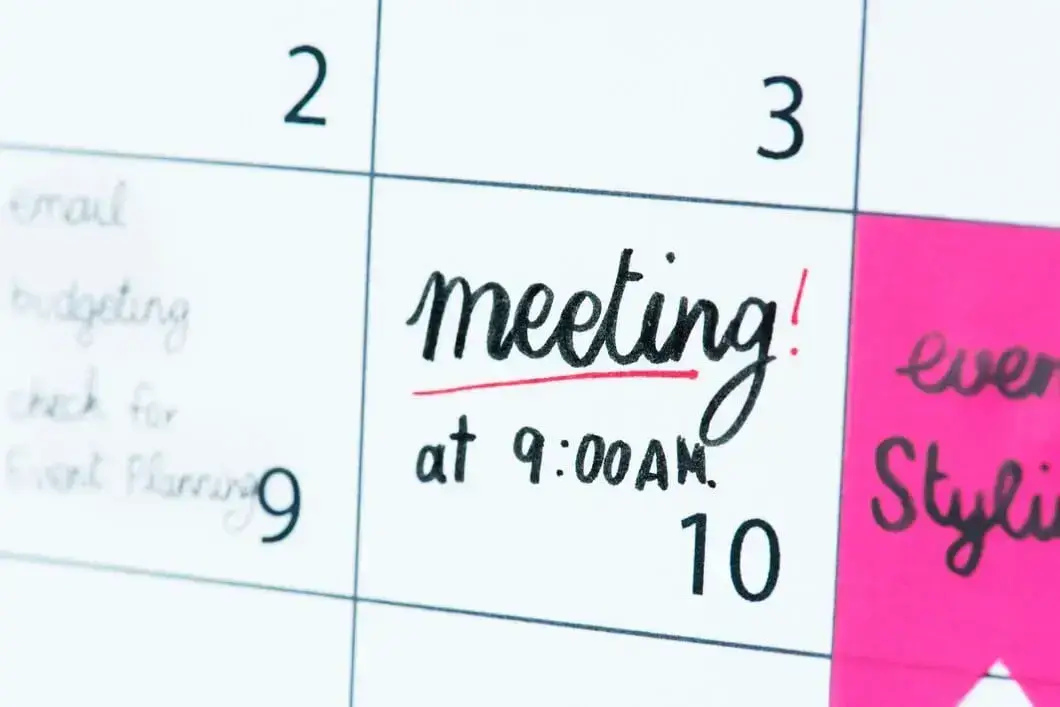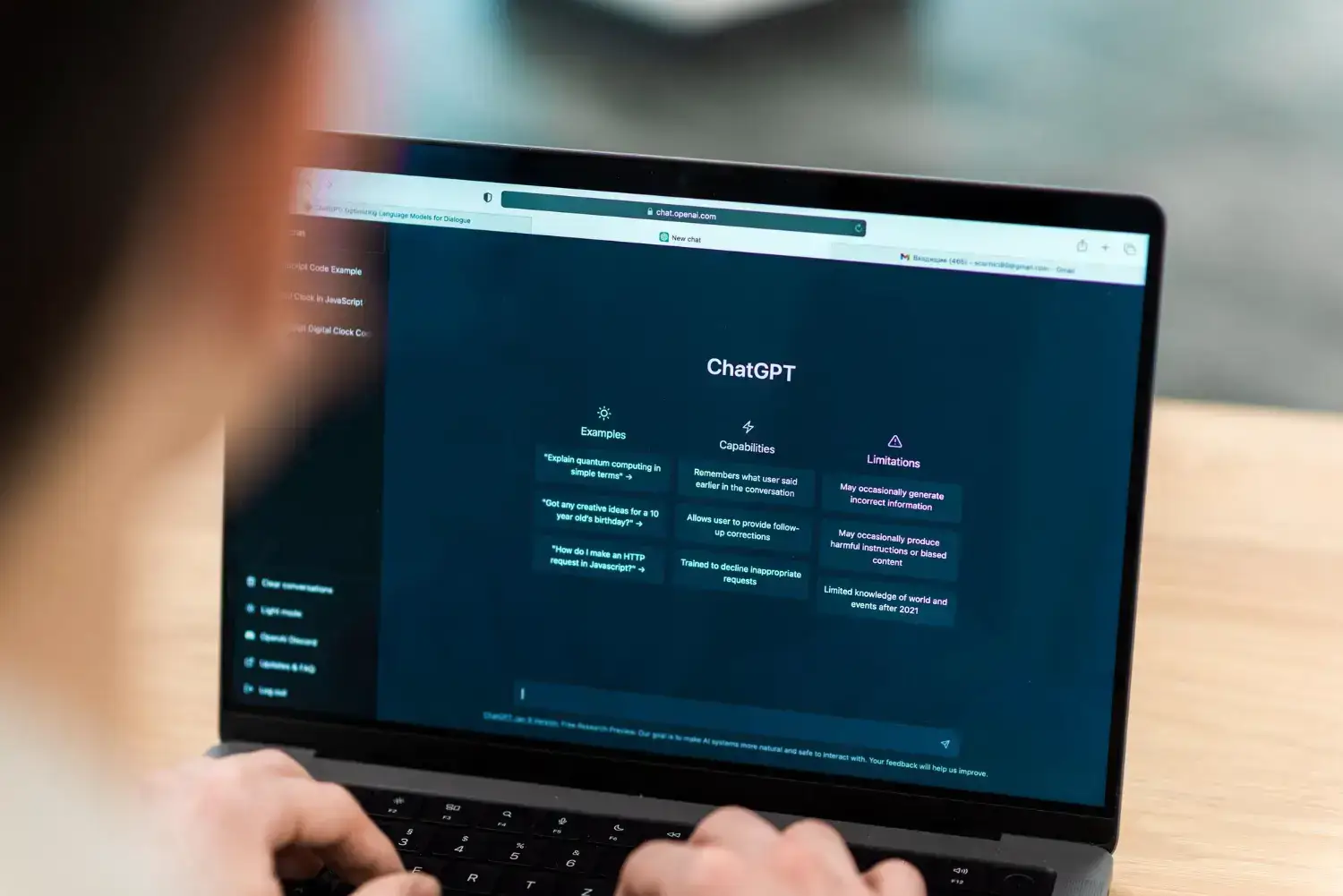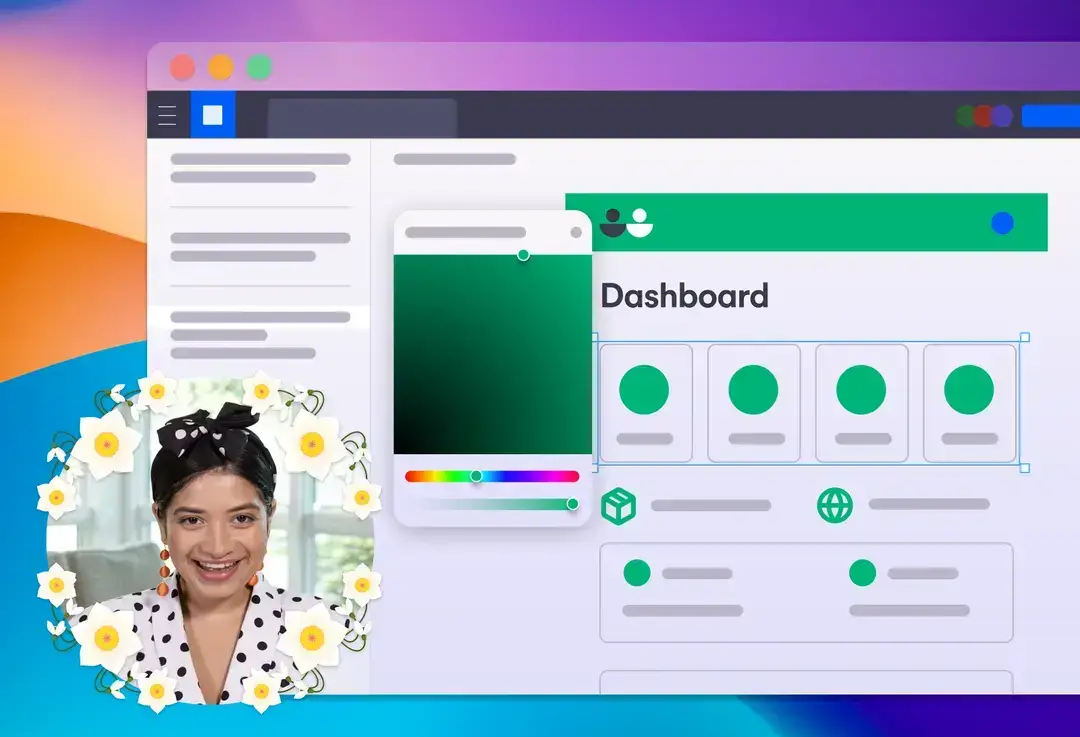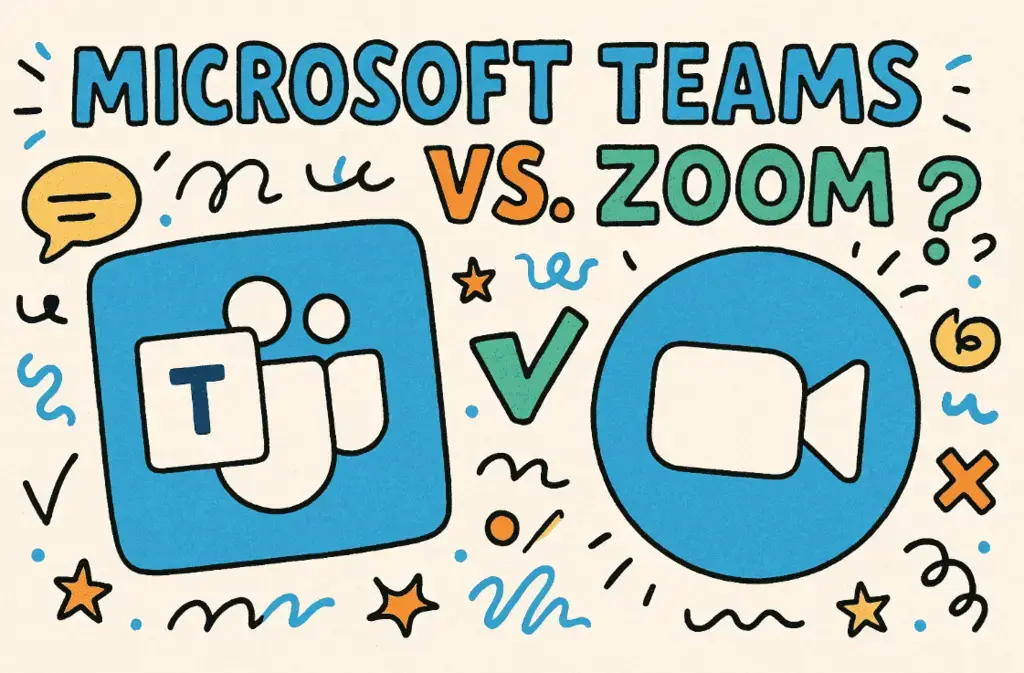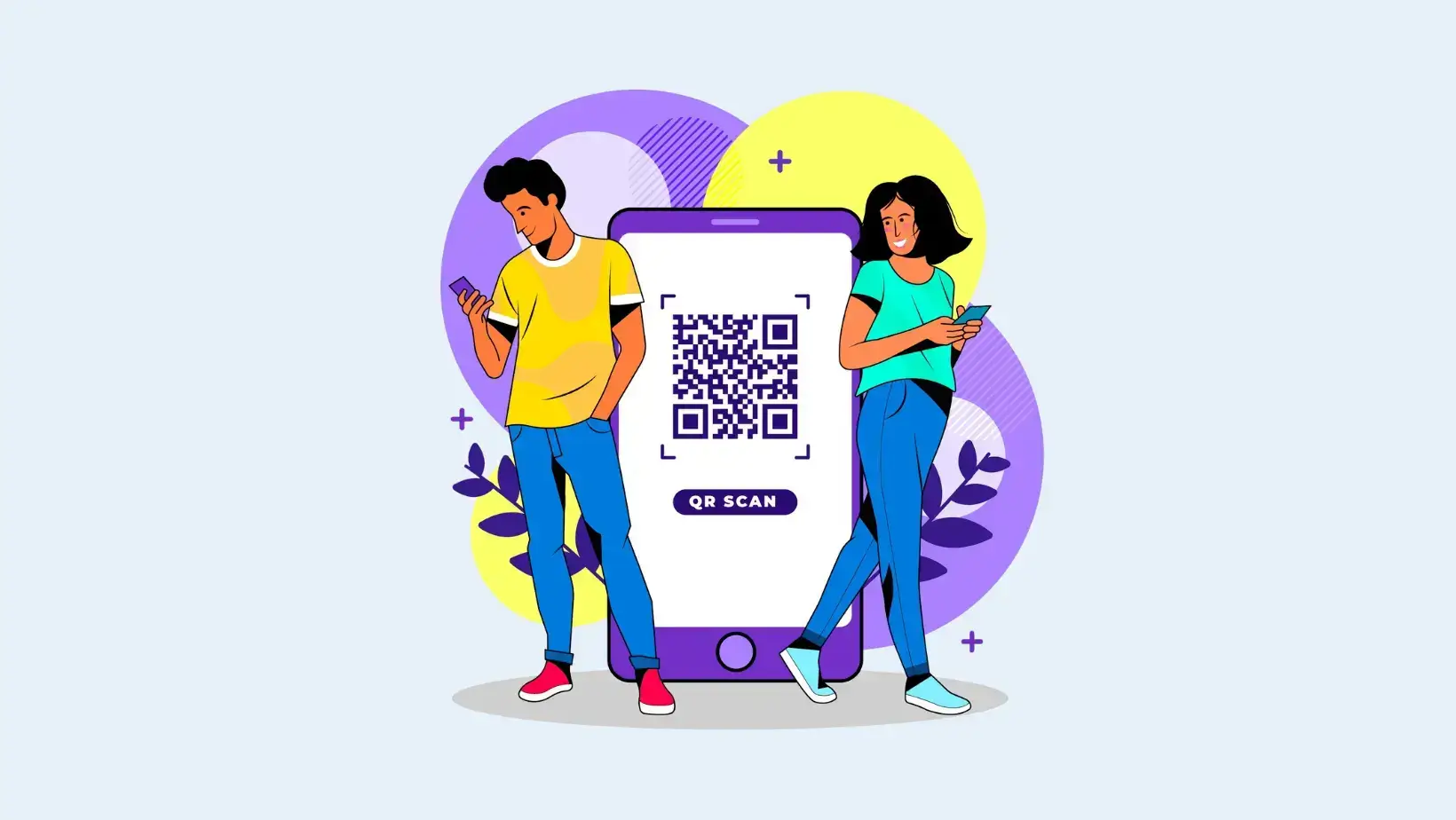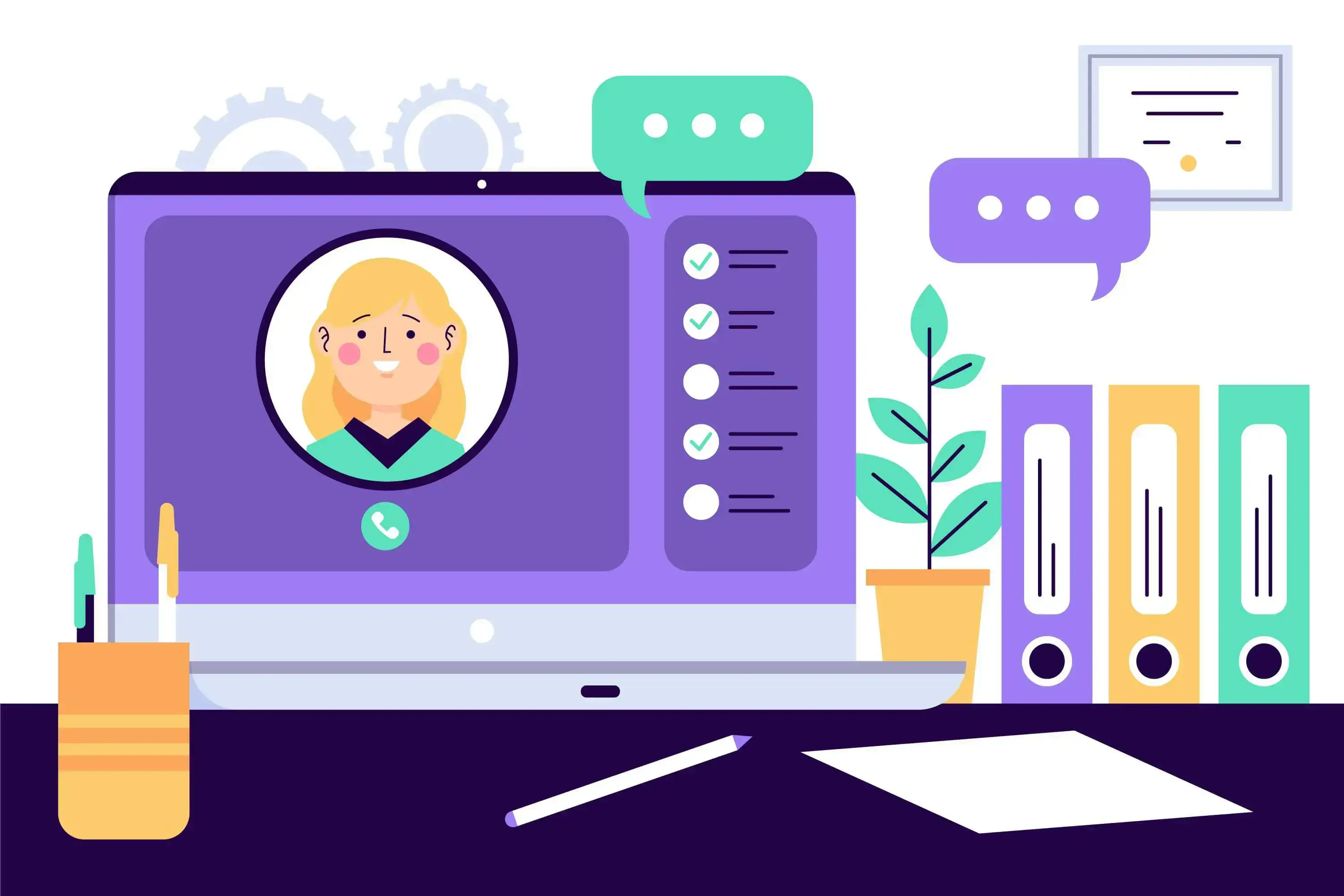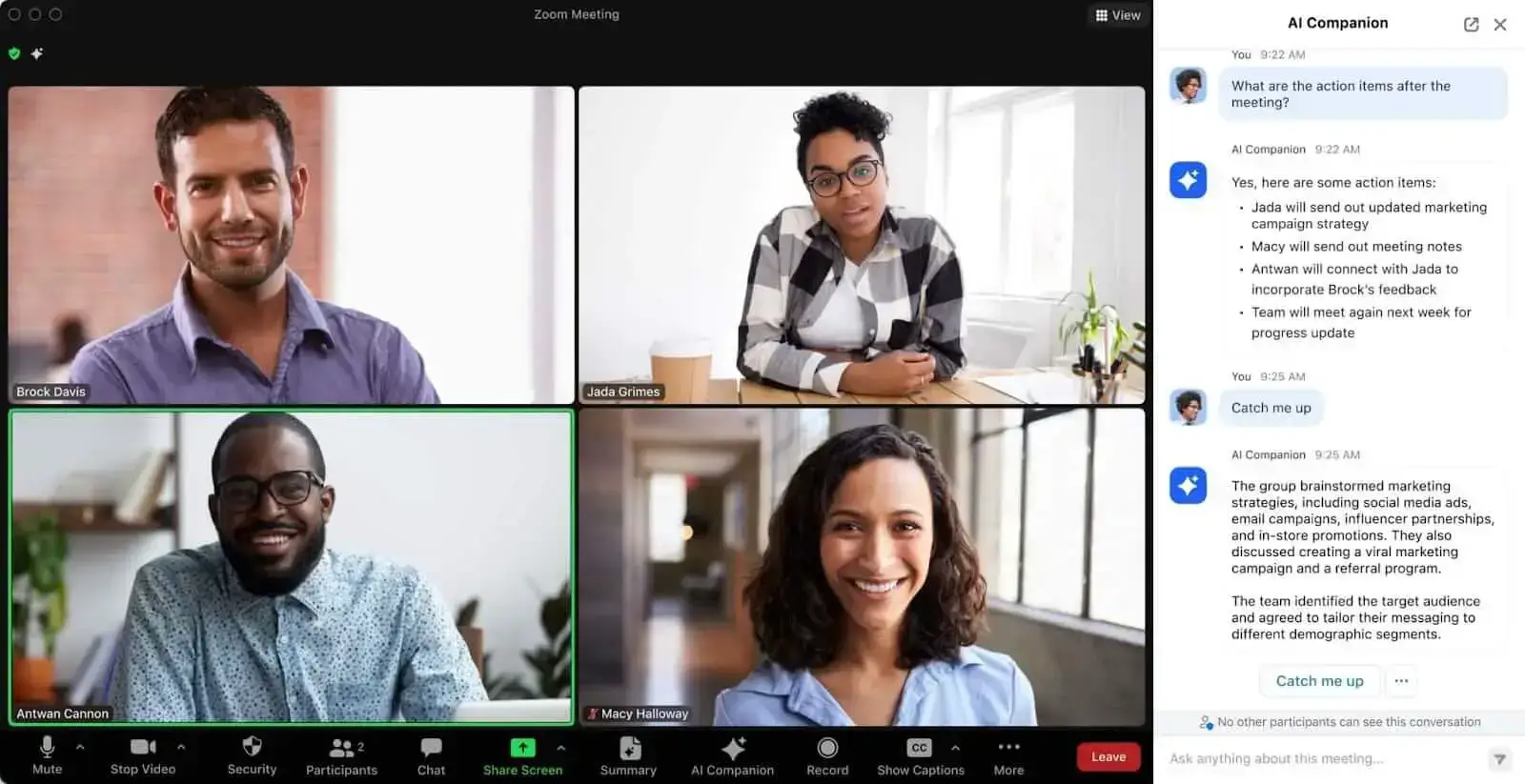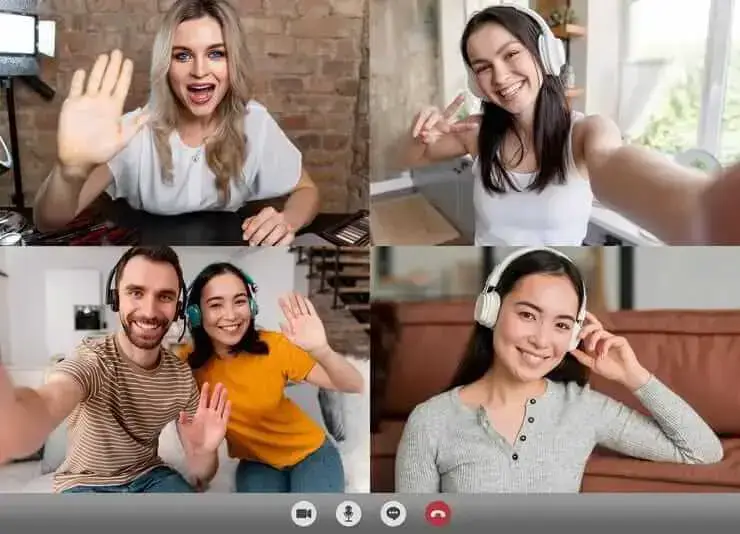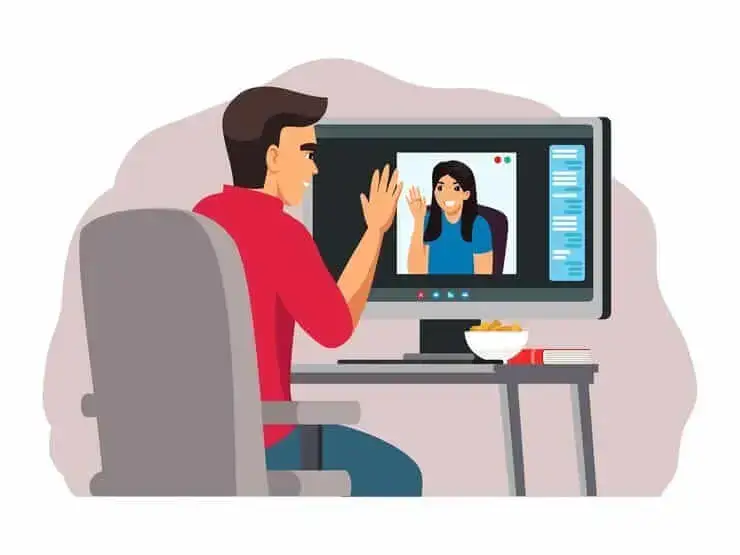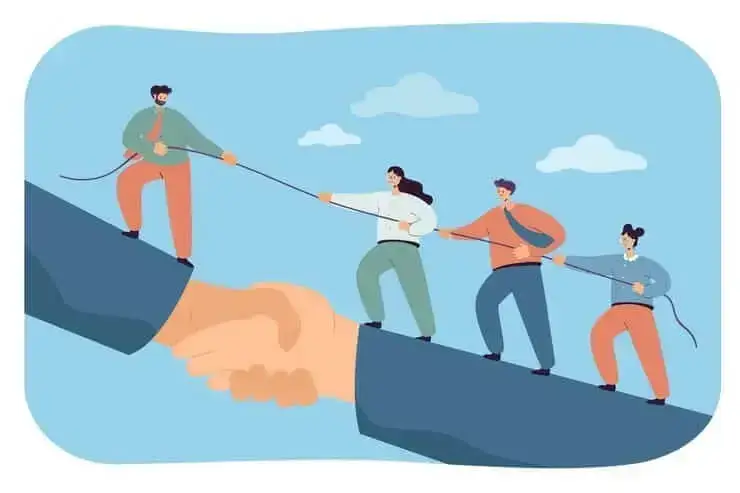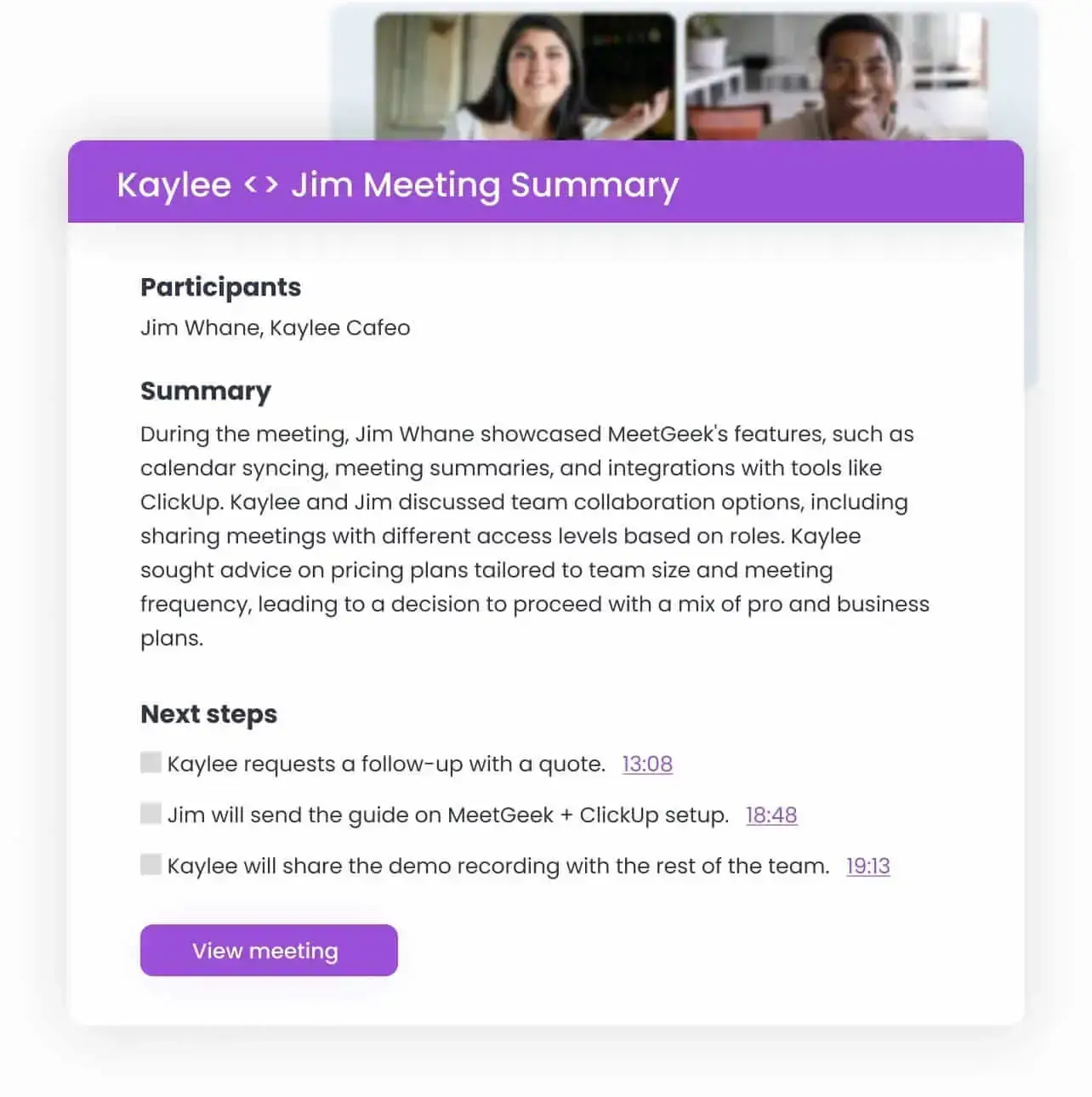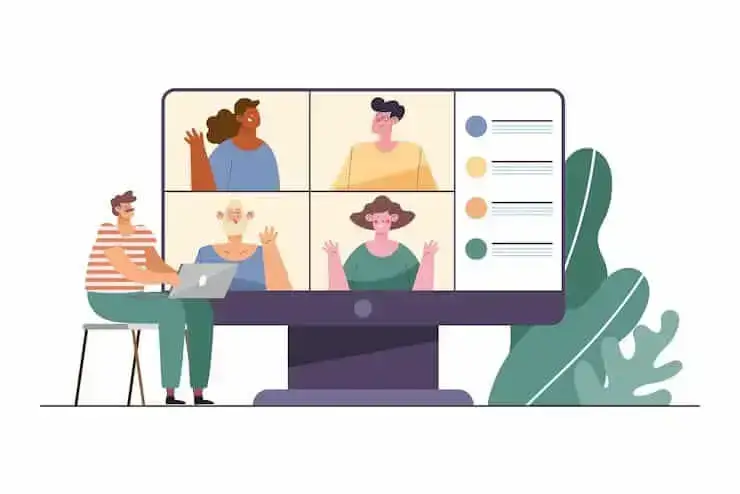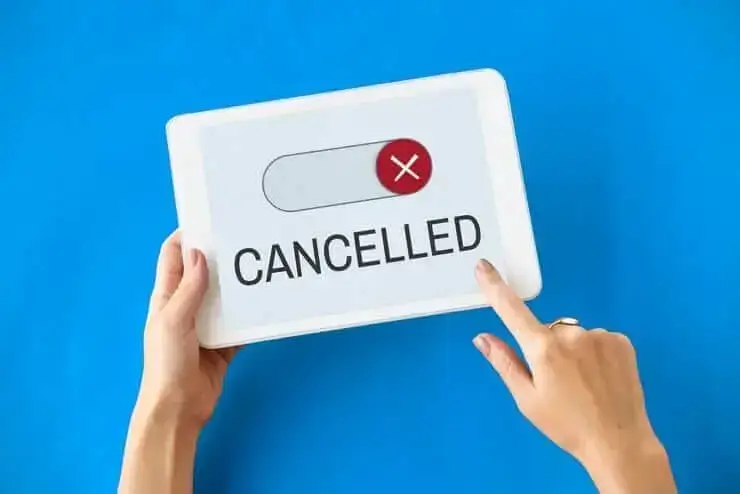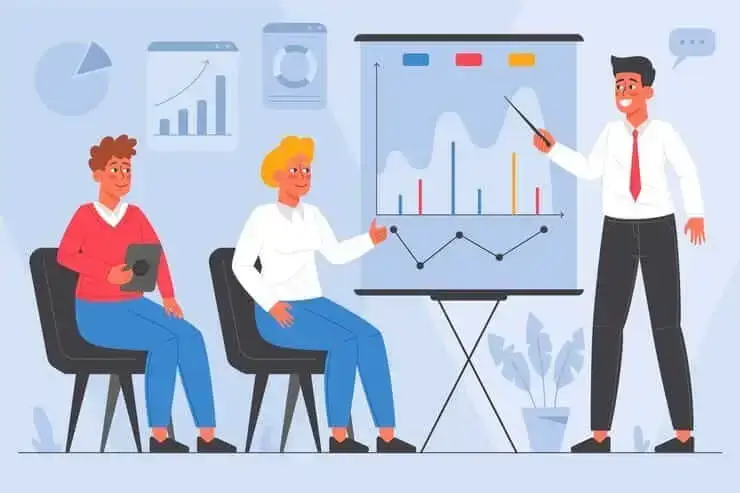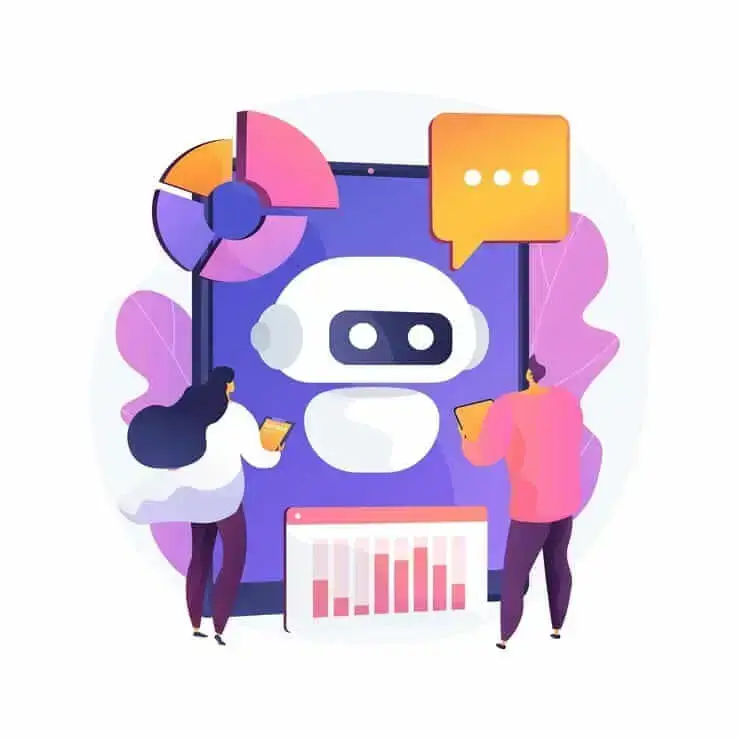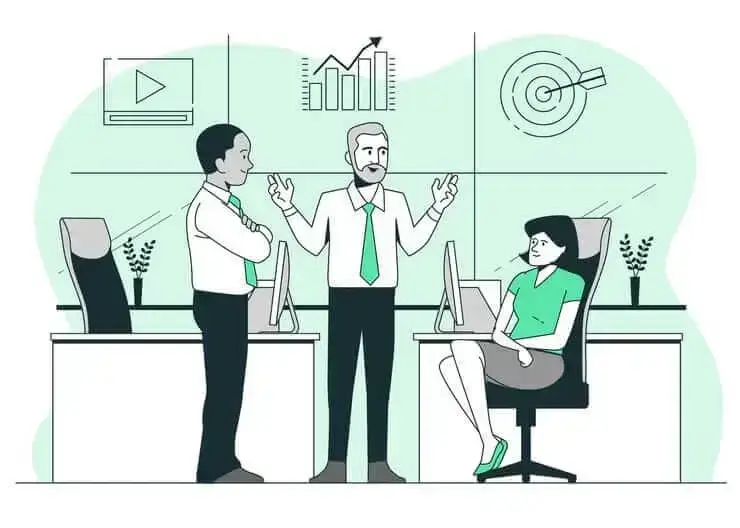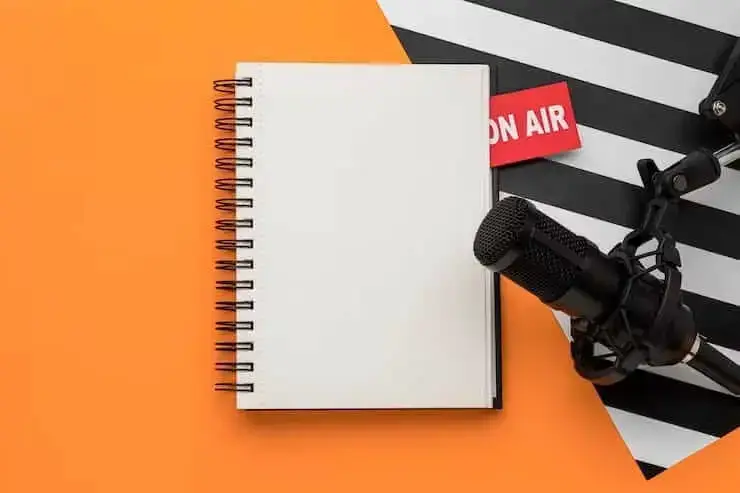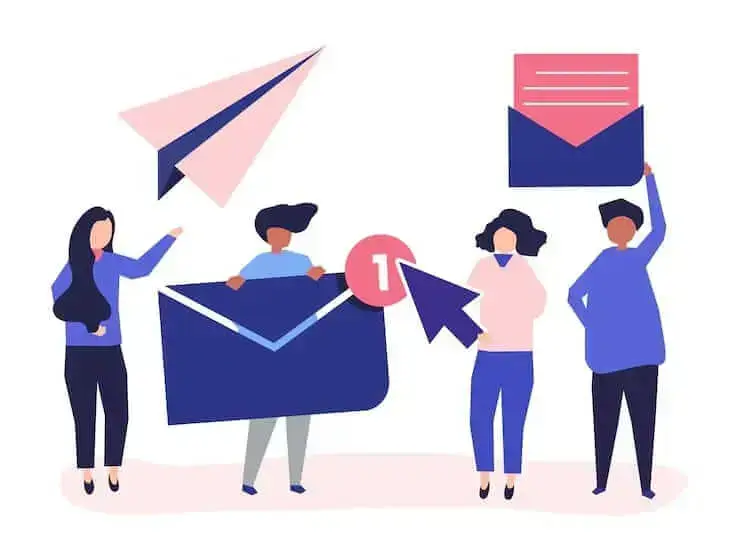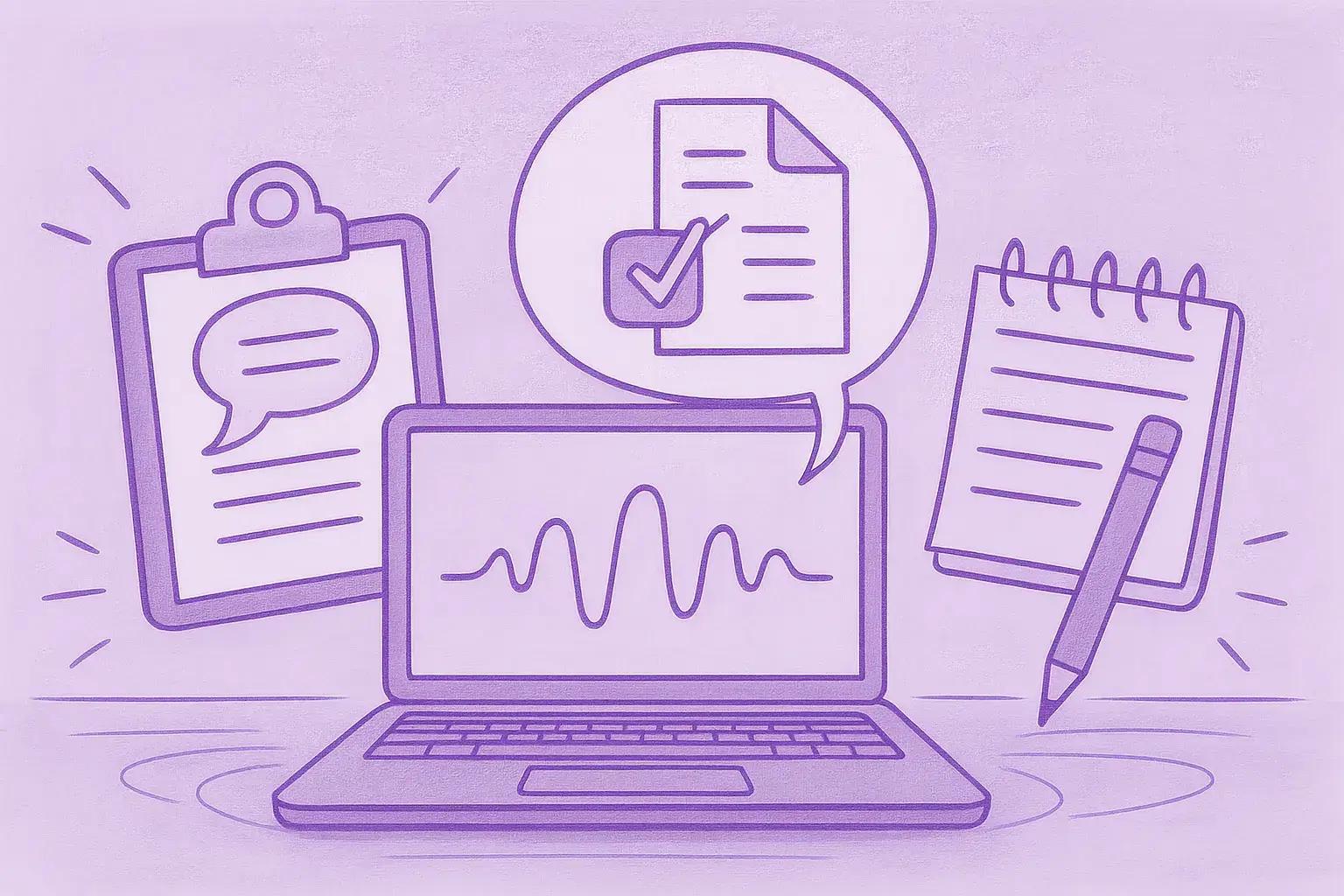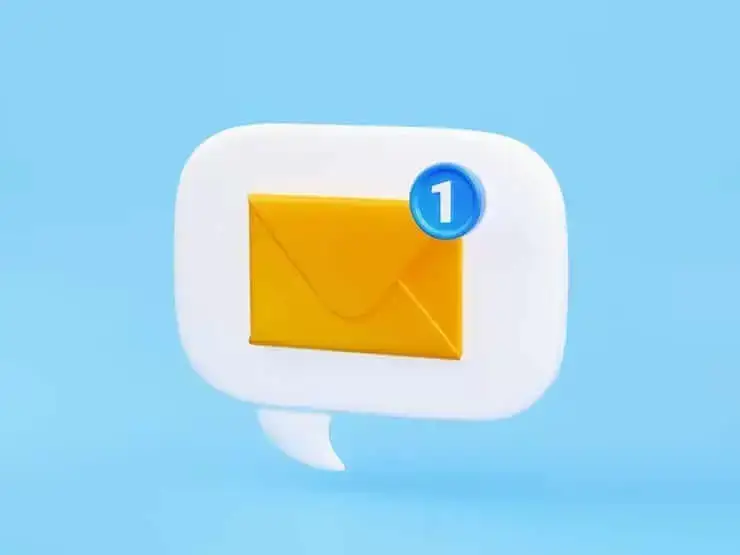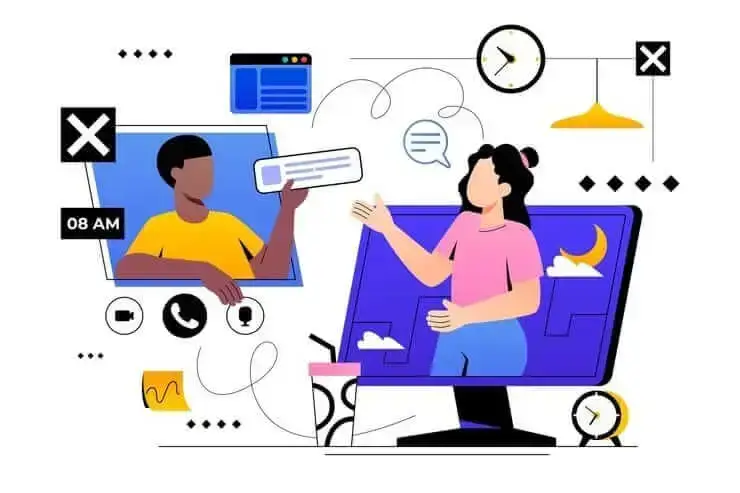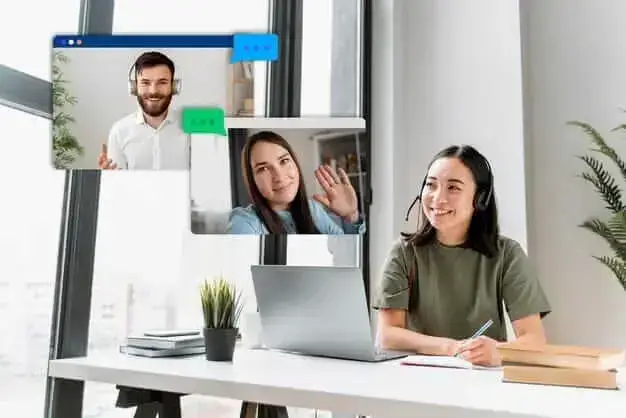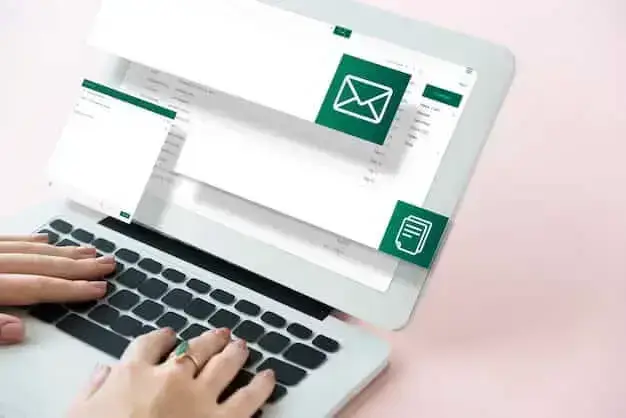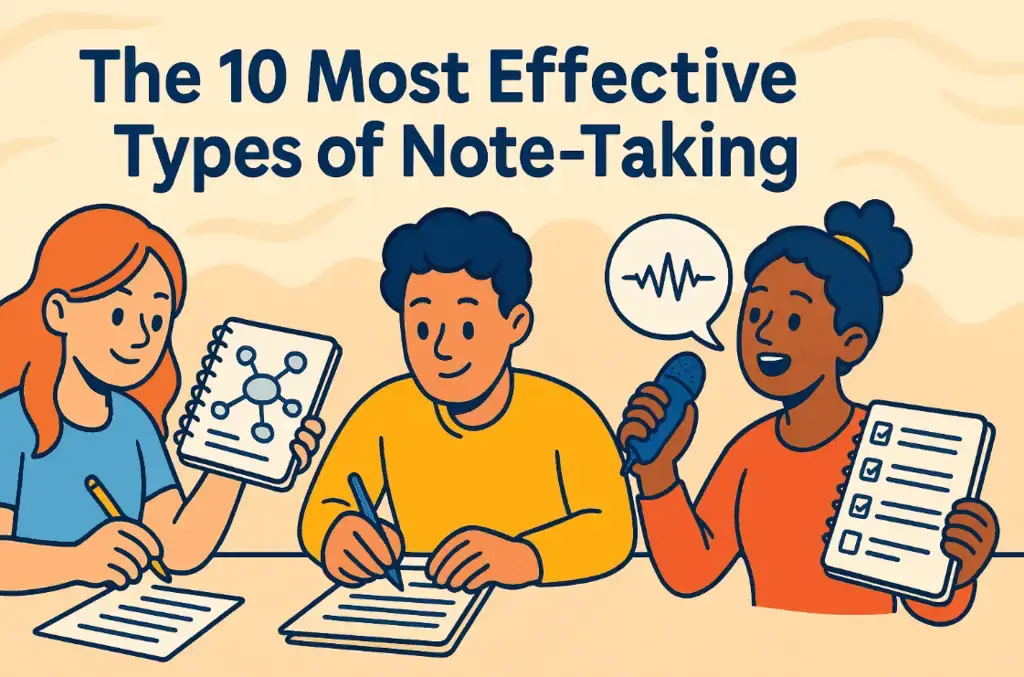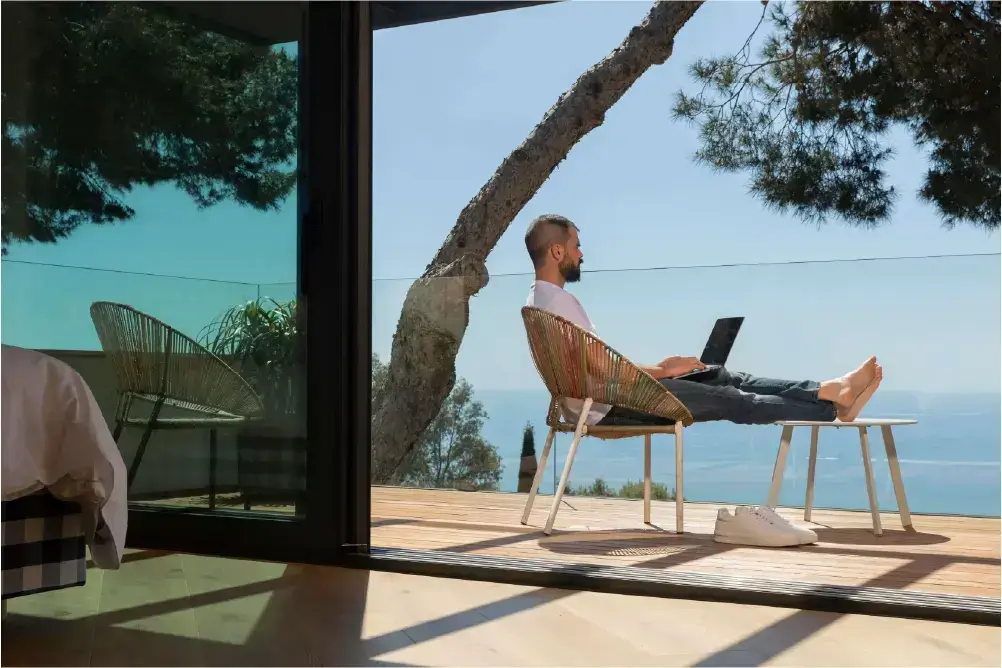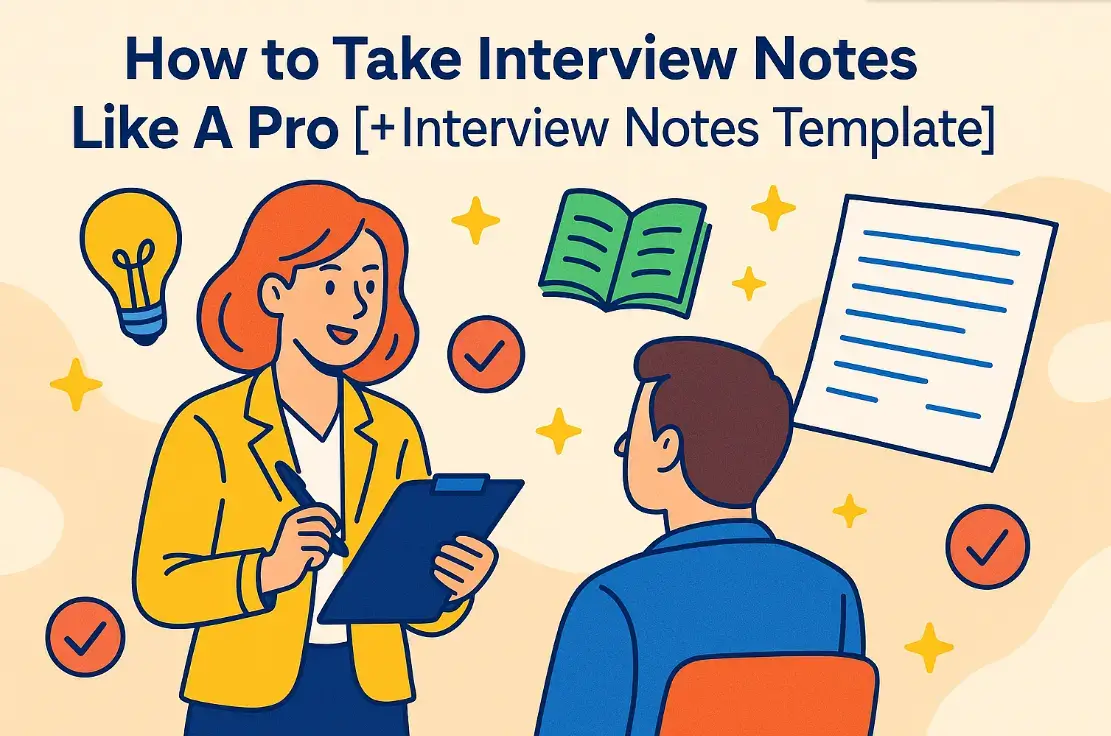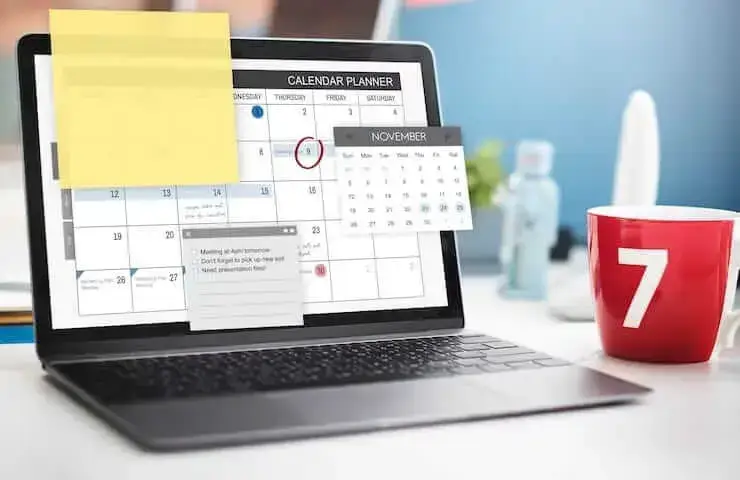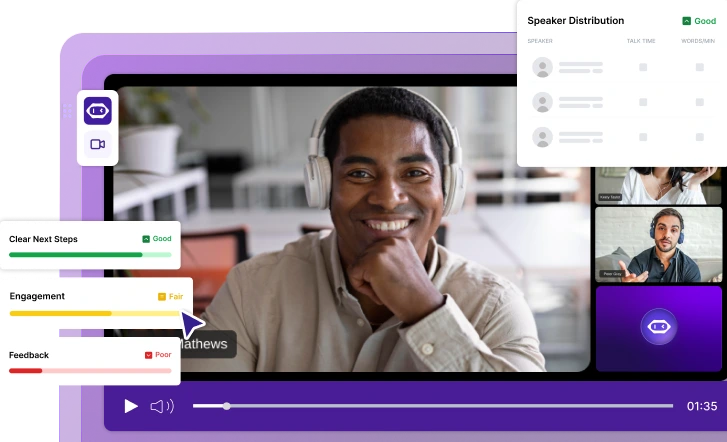Where to Find Google Meet Recordings + How to Manage Them
Discover where to find your Google Meet recordings with this complete guide. Learn how to access, manage, and share your recordings easily and efficiently.
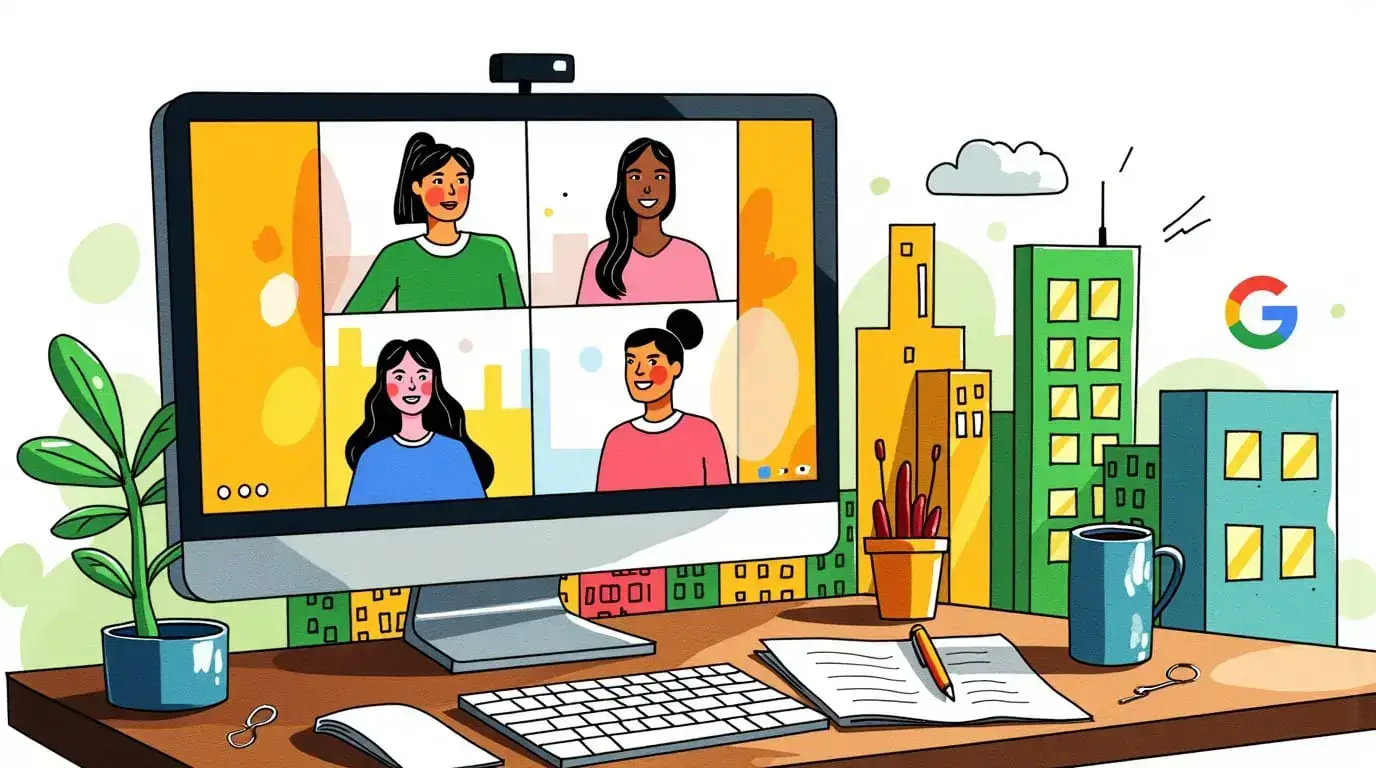
✅ Free meeting recording & transcription
💬 Automated sharing of insights to other tools.

If you work remotely, you’ve probably needed to record meetings for future reference at some point. But once the meeting ends, the recording is nowhere to be found. It might be buried in your Google Drive, sent to someone else, or not appear where you thought it would be.
In this article, we show you exactly where to find your Google Meet recordings on your computer and how to manage them better. And if you’re tired of hunting them down every time, we’ll also show you a smarter way to handle meeting recordings.
How Do Google Meet Session Recordings Work?
When you hit “Record” in Google Meet, it captures the active speaker and whatever’s being shared on screen. If you’ve turned on captions, you can choose to include those too.
The recording won’t show any other apps, notifications, or messages that pop up on your computer. And even if you pin someone in your view, it won’t change who shows up in the actual recording.
For more details, check out our guide on how to record a Google Meet session.
Prerequisites for Recording Google Meet Sessions
Before exploring the topic further, it’s important to understand who can record Google Meet calls and under what conditions.
First off, only someone from the same organization as the meeting host (usually an admin) can get recording privileges. Before you start recording, a Google Workspace administrator needs to turn on the recording feature for your account.
Here’s how to know if you can use Google Meet's recording feature:
✔ You’re the designated meeting host.
✔ You’ve been assigned as a co-host by the meeting host
✔ You and the host are part of the same company, and Host Management is turned off
✔ You’re a teacher or co-teacher in a Google Classroom Meet
✔ You have enough storage space in your Google Drive
NOTE: Google Meet’s recording feature is only available for computer users, and you’ll need a paid Google Workspace account to access the recording option for video meetings.
Where Do Google Meet Recordings Go?
By default, only the meeting organizer gets the Google Meet recordings saved in their Google Drive, no matter who presses the recording button.
However, both the person who initiated it and the meeting organizer will get an email link to access, download, and share the recording.
If you’re the meeting organizer, you’ll find your Google meeting recordings saved in a folder labeled “Meet Recordings” in your Google Drive.
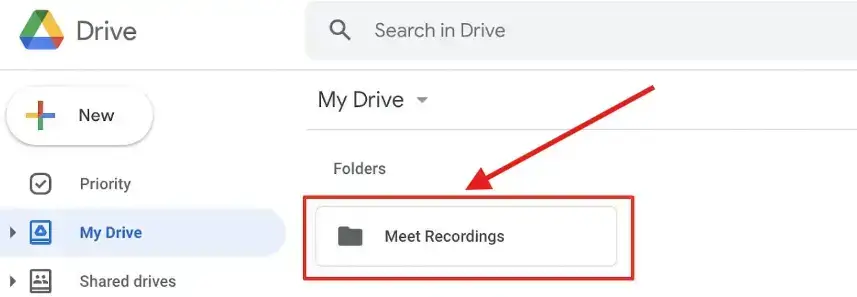
For meetings scheduled through Google Calendar, the recording link is automatically added to the event details. This allows all invitees to easily access the Google Meet recording file directly through their Google Calendar.
NOTE: After the Google Meet session ends, it takes some time for the recording to be processed be available, so don’t be worried if it doesn’t show up right away.
Here’s where to Find, Download, and Share a Google Meet Recording:
- Saved to the meeting organizer’s Google Drive
- In your Email inbox
- Attached to the Google Calendar event
A. How to Find a Google Meet Recording in Google Drive:
- Log in to your Google Drive account.
- Under the “My Drive” section, find a folder called ”Meet Recordings.” If you don’t see it immediately, you can use the search bar at the top of Google Drive and type “Meet Recordings” to quickly locate the folder.

- In the “Meet Recordings” folder, you’ll find all the recordings associated with your Google Meet sessions. The file names usually include the meeting title and date, making it easier to identify the specific recording you need.
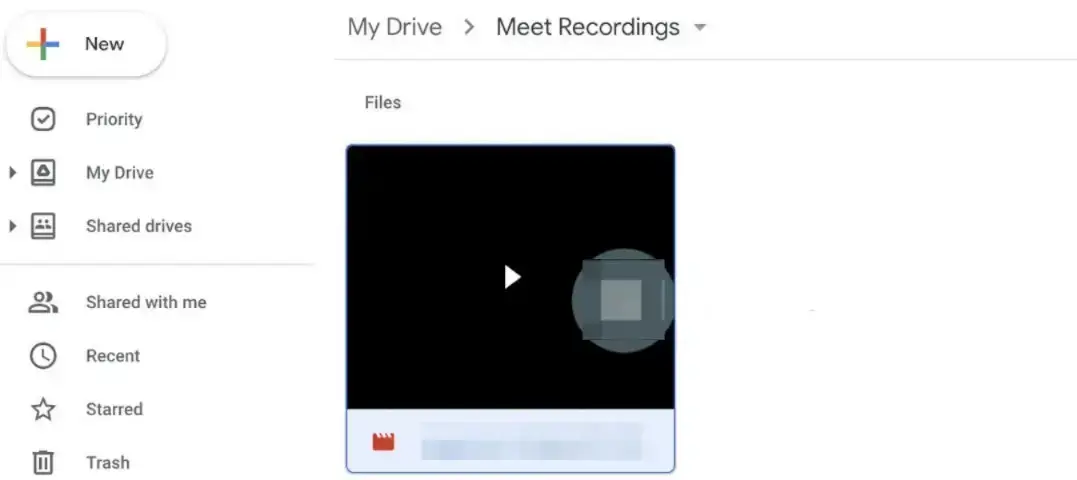
- Once you’ve found your recording, you can download it by right-clicking on the file you need and tapping the “Download” icon. A copy of the recorded video will be saved to your computer as a .webm file. You will need a media player to play files in this format.
- From here, you can also share it with colleagues or anyone else who may be interested by clicking the "Share" icon.
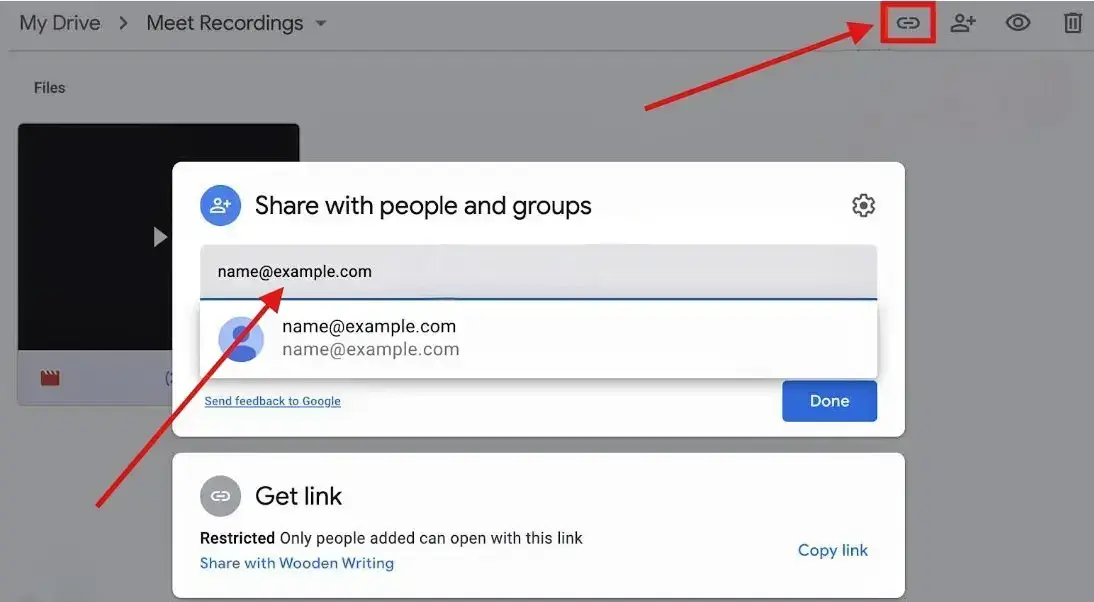
B. How to Find a Google Meet Recording from an Email Link:
- After your meeting ends, look for an email from Google with the subject line indicating that your recording is available.
- Inside the email, you’ll find a Google Meet link to the recording from Google Drive.
- Click on the email link to open the recording in Google Drive.
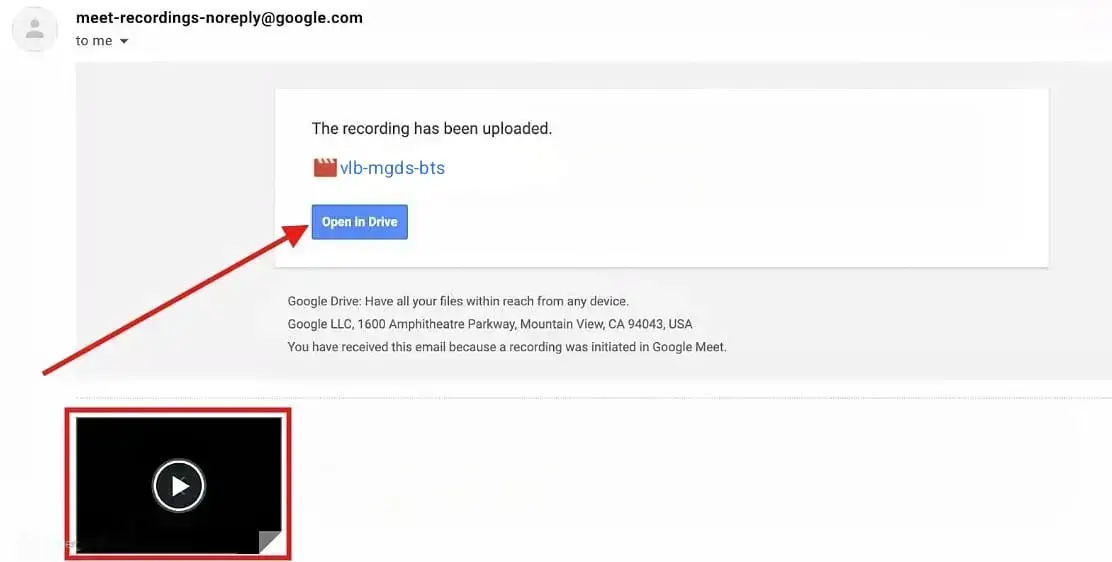
- From there, you can watch the recording directly or select “Download” to watch it later from your own device.
PRO TIP: This email also makes it easy to share Google Meet recordings. You can forward any email to anyone who needs access, or you can click the “Share” button within Google Drive to send the link directly.
C. How to Find a Google Meet Recording in the Google Calendar Event:
- Open Google Calendar and locate the meeting event you recorded.
- Click on the Calendar event to see its details. If the recording started at the scheduled meeting time, it should be automatically attached to the event in the attached files section.
- Click the link to open its corresponding recording in Google Drive. You can then watch, download, or share the recording as needed.
NOTE: This method is particularly convenient if you want to reference the recorded file later or share it with participants who were part of the original calendar invite.
Automate Your Google Meet Recordings with MeetGeek
Between limited access, confusing folder structures, and the need for a paid Google Workspace plan, Google Meet recordings aren’t always as simple as they should be.
That’s where a tool like MeetGeek can make a big difference.
MeetGeek takes the manual work out of recording and storing your meetings. Instead of worrying about permissions or remembering to hit “Record,” MeetGeek automatically joins any Google Meet session at the scheduled meeting time, records it, and stores everything in one easy-to-access place.
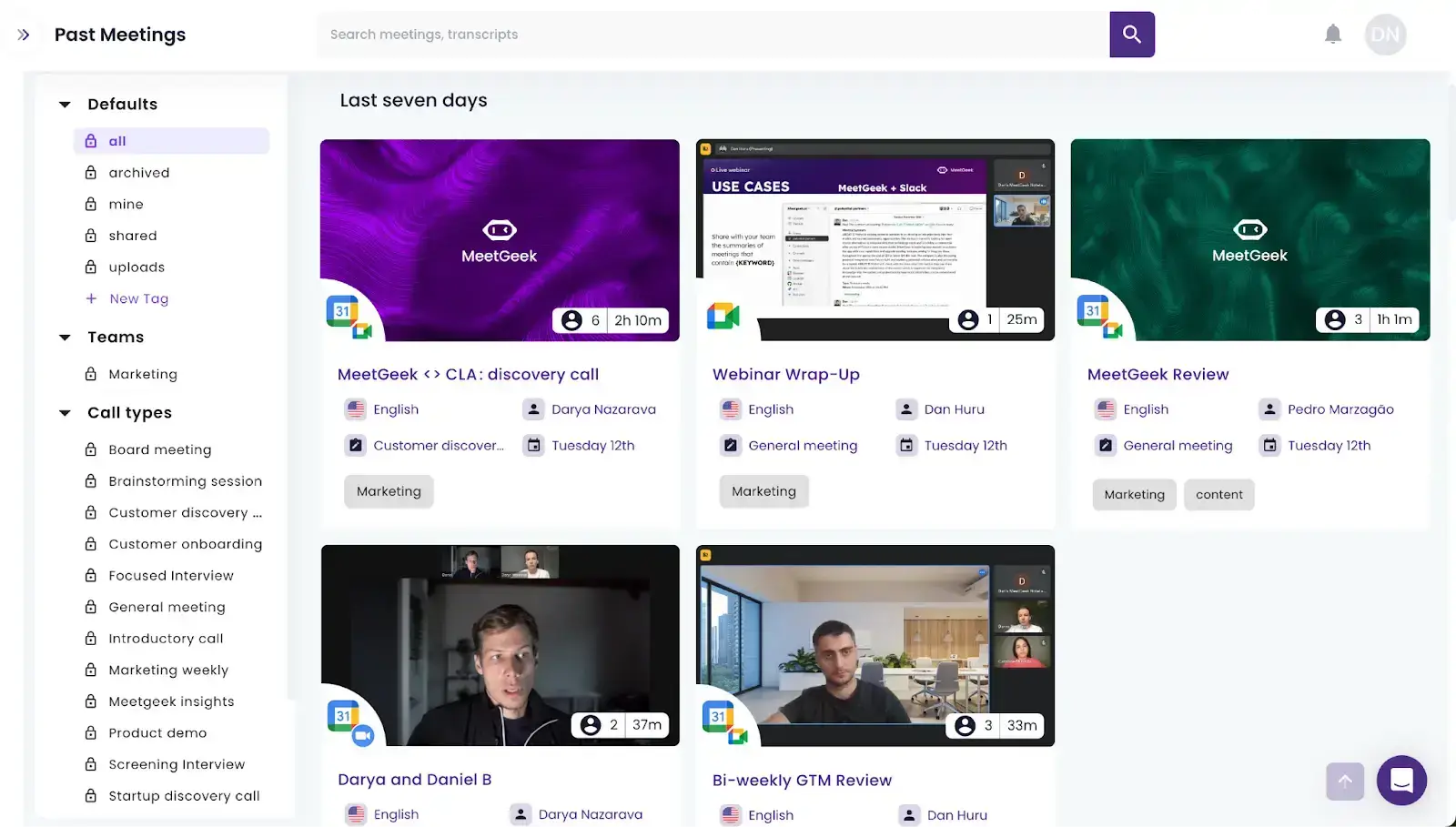
Beyond just recording, MeetGeek also transcribes and provides you with accurate AI meeting notes. So, instead of scrubbing through an hour-long video, you can quickly see the key points, action items, and important decisions, making it perfect for staying organized or keeping your team in the loop.
Need to find something specific from a past meeting? MeetGeek offers searchable transcripts so you can jump straight to the part that matters. You can also integrate it with tools like Notion or Slack to keep everything connected and accessible in one place.
And if you’re often on the go, MeetGeek’s mobile app makes it easy to catch up on meetings wherever you are—even if you couldn’t make it in the first place.
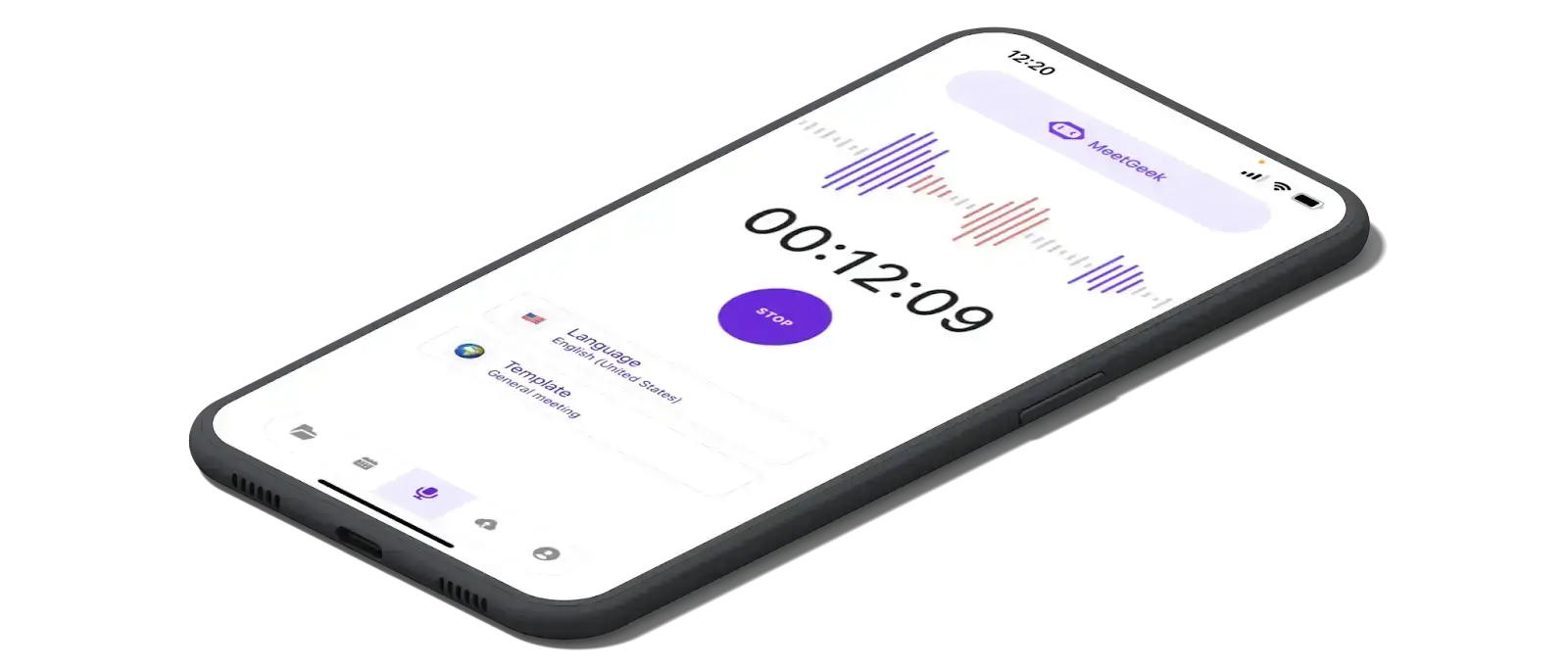
If you’re tired of dealing with recording limits, missing files, or scattered notes, it might be time to make your meeting workflow a little smarter with the help of MeetGeek!
Troubleshoot Common Google Meet Recording Issues
Sometimes, recording a Google Meet session may not go entirely as planned. Rest assured, most issues have an easy fix that you can quickly apply.
Here are some of the most common Google Meet recording issues:
- Others can’t download the Google Meet recording
- Recordings not showing in Google Drive
- There is no recording button in Google Meet
- Google Meet doesn’t work on a mobile device
- External participants can’t join the meeting
Issue #1: What to Do When Others Can't Download the Recording in Google Meet:
- In your Google Drive, click on the recording you want to share and select “Share.”
- In the sharing settings, ensure the people you want to share the recording with have either “Viewer” or “Editor” access, which allows them to download the file.
- You can also change the link-sharing settings to “Anyone with the link” and set the access level to “Viewer” to allow a broader audience to download the recording.
Issue #2: What to Do When Recordings Are Not Showing in Google Drive:
- All your recorded meetings are saved in a folder called “Meet Recordings” in the meeting organizer’s Google Drive. If you don’t see it right away, try searching for “Meet Recordings” at the top of Google Drive.
- Make sure you’re signed in to the account that set up the meeting, as recordings only go to the organizer’s Drive, not anyone else’s.
- If the recording doesn’t show up right away, it might still be processing. Give it a few minutes, then refresh your Drive to check again.
- Make sure you had enough space in your Google Drive to begin with.
Issue #3: What to Do When There Is No Recording Button in Google Meet:
- Google Meet's recording feature is only available with certain Google Workspace plans like Business Standard, Business Plus, Enterprise, or Education. If you’re using a free Gmail account or a plan that doesn’t include recording, you won’t see the option.
- Your Google Workspace admin needs to turn on the recording feature. If you’re part of an organization, check with your admin to make sure it’s enabled for your account.
- Only the meeting organizer or someone from the same organization can start or stop a Google Meet recording. If you’re joining as a guest or using the wrong account, the recording button won’t be available in the drop-down menu (when you click on the three vertical dots).
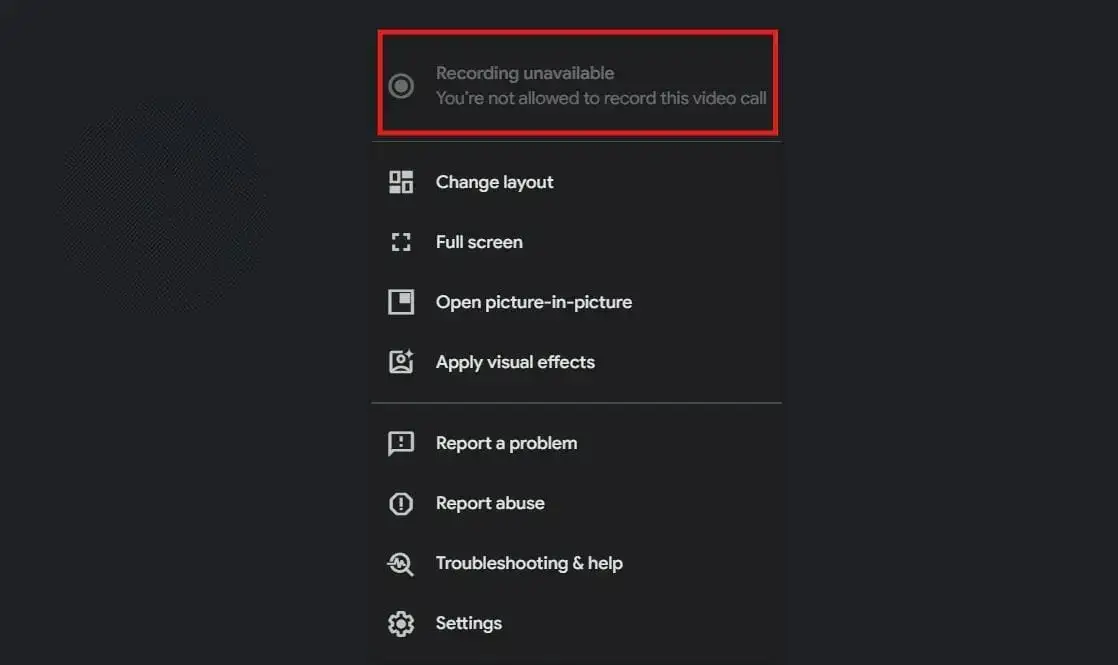
Issue #4: What to Do When Google Meet Doesn’t Work on a Mobile Device:
- Download the latest version of the Google Meet app by going to the Chrome Web Store and checking for any updates.
- Make sure your internet connection is stable. Try switching between Wi-Fi and mobile data to see if that helps.
- Close the app and open it again. If it’s still not working, restarting your phone can usually clear up small issues.
- Still having trouble? It's also incredibly helpful to try uninstalling and reinstalling the Google Meet app to fix any app-related glitches.
- Double check that Google Meet has the right permissions, like access to your microphone and camera. You can find this in your phone’s settings under app permissions.
PRO TIP: If you need to record a Google Meet session but can only join from your phone, MeetGeek’s got you covered. Since MeetGeek’s virtual assistant joins meetings independently, your device type doesn’t matter, whether it’s a PC, tablet, or smartphone.
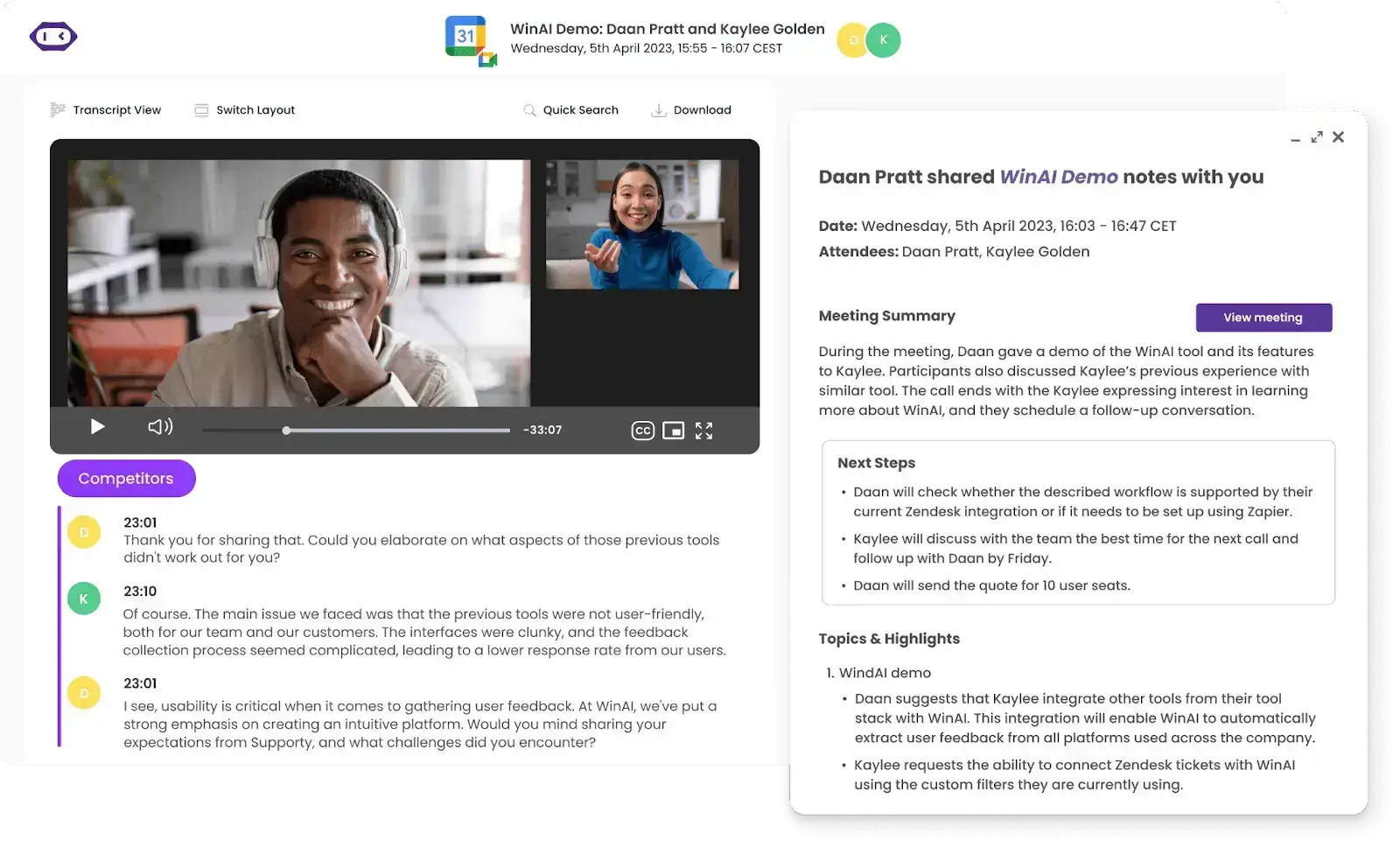
The best part? If you're on the go, MeetGeek can even attend the meetings you can't. This way, you can watch the recordings at your convenience, so you never have to rely on others to fill you in.
Issue #5: What to Do When External Participants Can’t Join a Google Meet:
- Make sure you’ve shared the right meeting link with anyone outside your organization.
- If you’re organizing the meeting, check the settings to allow external guests. You can do this in the Google Calendar invite by enabling the “Guests can join” option.
- External participants might have to request access to join. You’ll get a prompt during the meeting to let them in.
- Some companies block outside participants by default. If that’s the case, you may need to ask your Google Workspace admin to update the settings or find another way to give access.
Google Meet Recording Frequently Asked Questions
1. How Do I Check My Google Meet Call History?
Sign in to your Google Admin console. Next, go to Reports > Audit log > Google Meet.
There, you can easily find and access your complete call history.
2. Can I Customize the Local Recording File Path in Google Meet?
Google Meet automatically saves the recording in the meeting organizer’s Google Drive, sends a link by email, and adds it to the Google Calendar event.
Beyond this, however, you can’t customize where the meeting will get saved. Instead, you can easily download the Google Meet recording to your computer.
Get More Out of Your Google Meet Sessions with MeetGeek!
Finding, storing, and organizing your Google Meet recordings is really easy once you know exactly where to look.
If you’re ready to take your Google Meet sessions to the next level, get more out of your meetings with MeetGeek! It’s the perfect tool to automatically record, transcribe, and organize all your sessions, bringing them into one secure, centralized space.
Try MeetGeek for free and see how much easier it is to stay on top of your conversations without all the extra work!
.avif)



